

Discover more from Agent131711’s Substack
History Hoax: BONE FRAUD - Are Dinosaur Bones Actually From Species of Living Animals?
Is the house of prehistoric cards collapsing?
Let’s start here: These are remarkable dinosaur skull discoveries:
These are bones from a Brontosaurus:
Velociraptor bones:
T-Rex:
Plesiosaurus:
These are parts of a Brachiosaurus found in Spain. When pieced together they made a nearly complete skeleton:
And here is a massive bone from a woolly mammoth discovery made in Michigan in 1989:
Clearly, dinosaurs are real because those are real bones. How else would they find those bones if they weren’t? The problem is, I JUST LIED TO YOU. None of those are dinosaur skulls or dino bones. They are nothing more than common whale, dolphin, giraffe, deer, elephant and cattle bones. None of them were from extinct species found in Spain, Michigan Mammoths or 100-million-year-old giant lizards. Do you see how easy it is to claim this is a dinosaur foot…:
…when it’s actually just a modern-day African Elephant?
How do we know this is a 200-million-year-old Ichthyosaurus…:
…and not a current-day Rough-Toothed Dolphin or similar species?:
My point is, look how easy it is to lie because you and I are none the wiser when it comes to dolphin skeletons. Did you know this is a skull to a normal black-tail deer?
I sure didn’t.
A while back, before I ever researched dinosaurs, before I wrote the 5-part series The Dinosaur Hoax and this 3-part series Dinosaurs are Fake: Water Dino Edition, my only Truther friend in real life (off the internet) sent me a Twitter post that had an image which claimed the stuff we are being shown as dinosaur bones are the exact same bones that are currently in modern-day species. At the time I believed in dinosaurs so I didn’t put any thought into it. I then invested hundreds of hours into creating the deepest-dives on the internet into the topic of Dinosaur Fraud and through that research I discovered that they actually aren’t finding skeletons of extinct species in the ground but we never realized this because nobody (myself included) knew we could look up what was excavated from the ground. The stuff they are actually taking out of the ground and claiming to be dinosaurs is this:
And this:
And this:
They are not finding this:
Or this:
Or this:
What they are actually finding is this:
And this:
And this:
Then telling us these discoveries are parts of this:
And this:
And this:
I had completely forgotten about that Twitter post my Truther buddy had sent me until a reader of this Substack,
, shared an outstanding presentation with me. You see, although the vast majority of what Science is showing us as dinosaur bones are actually rocks (they claim they were bones but the bones morphed into stones because they were in the ground for millions of years; “fossils”), sometimes they do find real bones. The Youtube presentation looks further into what we are being shown as dinosaur fossils and suggests they are nothing more than normal everyday, common species. This peaked my interest because it was an avenue I had not investigated but when I was writing a prior chapter to this series (the Plesiosaurus Hoax), I discovered the Plesi’ was 15 feet long, which makes it a little bit larger than a common Rhino. When I looked at Rhino bones, they were larger than the Plesiosaurus bones and I realized there is no way to tell them apart. I’m not saying Plesiosaurus bones are Rhino bones, I’m saying you can’t make sense of it, which seems to be a common theme with modern Science.I got around 10 minutes in to the video Sean shared with me and decided to pause it to do my own research so my article is organic and not regurgitating someone else’s hard work. Here’s what I discovered:
To verify just how easy or difficult it is to lie, I wanted to compare skeletons of things we know are real to their prehistoric counterparts. Let’s begin:
COMMON SPECIES vs DINOSAURS
DOLPHINS vs ANCIENT DINOSAUR DOLPHINS
Since we are already discussing dolphins, here are modern-day dolphin skeletons. While we go through these, remember that there are multiple species of dolphin and each species skeleton and skull is going to be a little different from the next.
This is also a normal dolphin but it sure looks a hell of a lot like a dinosaur, doesn’t it?
Here’s a modern-day Bottlenose dolphin. I never would have thought their flippers look like feet. Crazy, isn’t it? Just goes to show how little we know about the species around us:
Did you know they look like feet?
This is a modern-day Amazon River Dolphin from Peru:
Now let’s look at ancient dinosaur dolphins.
DINOSAUR DOLPHINS
In 2015 a new species of Ancient River Dolphin was discovered:
Here’s the skull:
Here’s a 16-million year old dolphin discovery:
Another Ancient Dolphin:
Lots of extinct species of dolphin dinos have been found:
Now let’s do a side-by-side comparison of a dinosaur dolphin and a common-day dolphin skull. Can you tell which is which?:
Answer: The one on the right is the dinosaur. The left is a common Amazon dolphin. Here’s another:
Answer: The dinosaur is on the left above. Now guess if this is a normal dolphin or an ancient-dinosaur-dolphin:
Answer: It’s just a normal Pacific Dolphin, not a dinosaur. Now guess this one:
Answer: Modern day Northern Whale Dolphin.
Is this man assembling an ancient dolphin skeleton or a common dolphin?
Answer: Taxidermy of a normal dolphin:
And lastly, guess this one, is this a dinosaur dolphin or a common species?
Answer: It’s an ancient dinosaur dolphin from at least “16 million years” ago, also found in the Amazon river which is the same place multiple species of dolphins currently live and the same place other ancient dolphins have been discovered.
And here’s a normal dolphin that died then washed up on a beach not long ago. In a matter of time its bones will be under the surface of the soil then a paleontologist can come along, dig them up, then name it a new, extinct species or claim its feet-looking-flipper-bones are baby T-Rex fingers:
ELEPHANT vs WOOLLY MAMMOTH
COMMON ELEPHANTS
Let’s start with normal, everyday elephants. Keep in mind, just like with dolphins, there are different species of elephants, so the skeletons will vary based on if it is African Bush Elephant, an African Forest Elephant or an Asian Elephant:
Baby normie elephant:
These skulls are from normal elephants:
Now let’s check out extinct Mammoths:
WOOLLY MAMMOTH DINOSAUR
These tusks seem very practical, don’t they? Excellent for offense:
Here’s a Woolly Mammoth discovered in Serbia… which is also where normal elephants currently live…
Side-By-Side Comparison:
Is this a common elephant or a Woolly Mammoth dinosaur?
Answer: Common elephant, not a Wooly Mammoth. What about this one:
Answer: Woolly Mammoth dinosaur.
TIGER vs SABER TOOTH TIGER
COMMON TIGER
Normal, common Tiger skulls and skeletons:
SABER TOOTH TIGER
Side-by-side comparison:
Which is this, a common tiger or a Saber Tooth Tiger?
Answer: Saber Tooth, but you only knew that because of the long teeth.
What about this one? Yes, I do see that it looks exactly like the image above, but play the game and guess anyway:
I TRICKED YOU! It’s actually a modern day Snow Leopard skeleton.
RHINO vs WOOLLY RINO
COMMON MODERN-DAY RHINO
WOOLLY RHINO
Side-by-Side comparison:
Now guess which this one is, a common rhino or a Woolly Rhino?:
Answer: The first Woolly Rhino skeleton.
COMMON BEAVER vs ANCIENT BEAVER “CASTOROIDES”
Common Beaver:
DINOSAUR BEAVER:
Side-By-Side:
Now guess which one this is:
Answer: Common Beaver.
SLOTH vs ANCIENT GIANT SLOTH
COMMON SLOTH
Normal, every-day Linnaeus’s two-toed sloth skeletons:
ANCIENT GIANT SLOTH
Here’s an illustration of the first discovery of the ancient giant sloth (1796):
Ancient Giant Sloth in museums:
Side-by-Side Comparison:
Folks, it sure appears that when they are not showing us rocks they are showing us bones from normal animals which are still alive then calling them extinct species. How can we tell the difference? We can’t, that’s the purpose. Now I am going to finish that awesome video Sean sent me. Hopefully it won’t be the same thing I just spent 6 hours writing. UPDATE: I finished watching the video. It is similar to this article but also very different because it focuses on insects and smaller creatures, like ancient snakes vs common snakes. I recommend it. There are some things I disagree with and some things I am undecided on (“The Medusa Effect) but the video is outstanding if you are looking to go way deeper into this topic. You should check it out, but first:
NEXT READ:
The Dinosaur Hoax: The Royal Society and Chicken Bones (PART 1)
The Dinosaur Hoax: PSYOPS and Schemes (PART 2)
The Dinosaur Hoax: The Epidemy of Junk Science (PART 3)
The Dinosaur Hoax: NASAs Involvement (PART 4)
The Dinosaur Hoax: Follow the Money, the Final Chapter (PART 5)
Dinosaurs are Fake: Water Dino Edition, the Mosasaurus (PART 1)
Not in the mood for dino’s?
SOURCES, NOTES & OTHER SH*T
(View the incredible whale and dolphin skeletons here. Giraffe bone and another giraffe bone and a third giraffe bone. Deer bones. Elephant bone and a second elephant bone. Cattle bones from a ranch and another cow bone.)
https://www.johnlebon.com/
http://www.nhm.ac.uk/discover/news/2018/november/darwins-giant-ground-sloth-skull-pieced-together-and-scanned.html
Subscribe to Agent131711’s Substack
I'm a researcher. Come explore uncomfortable Truths in a lighthearted way that makes them easier to digest (and sometimes even hilarious). I publish special deep dives for paid subs on the 1st and 15th, everything else is free.




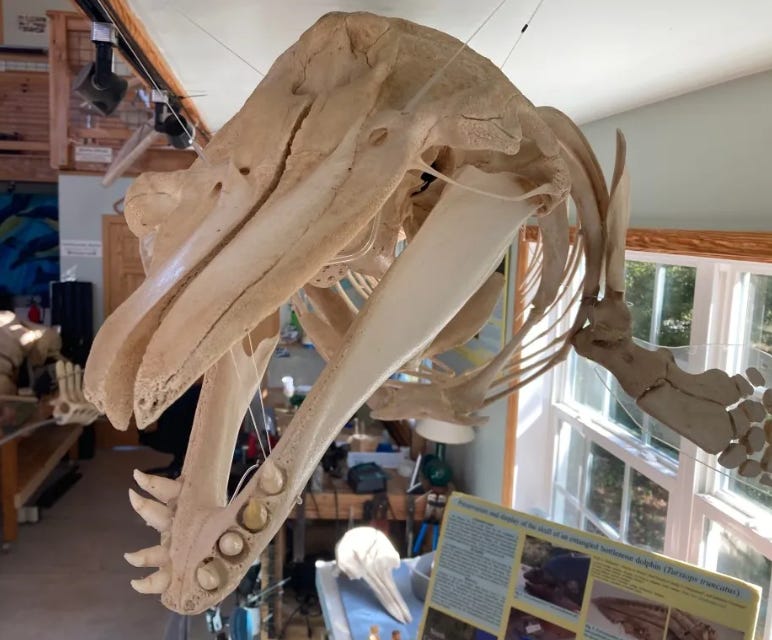
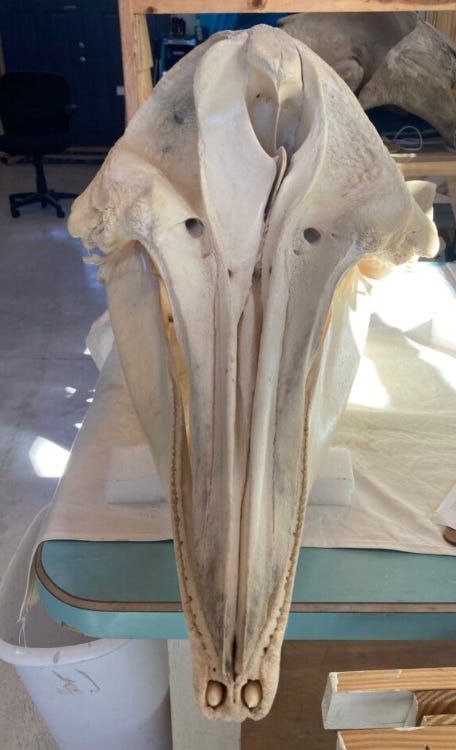
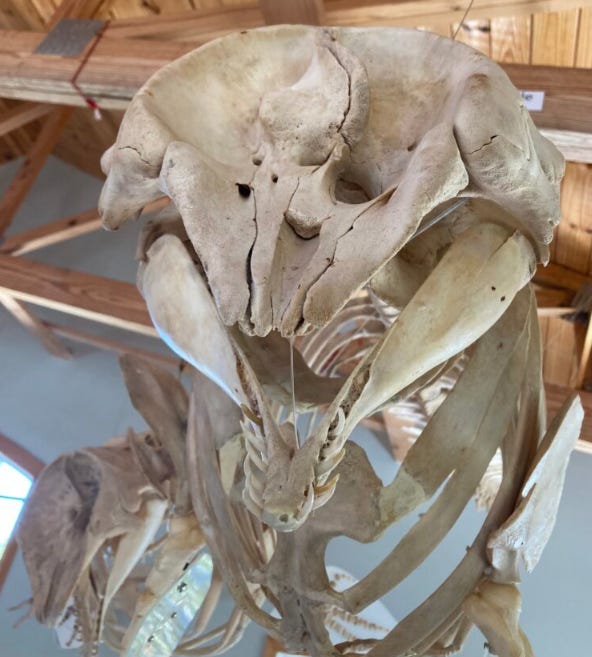
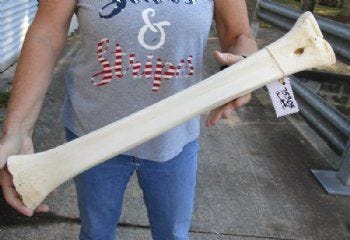
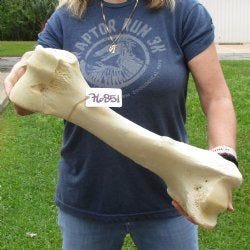
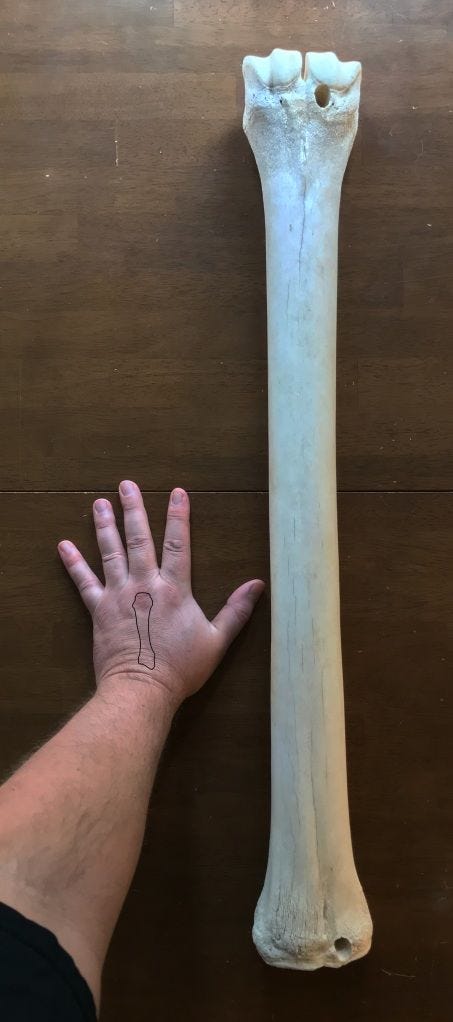
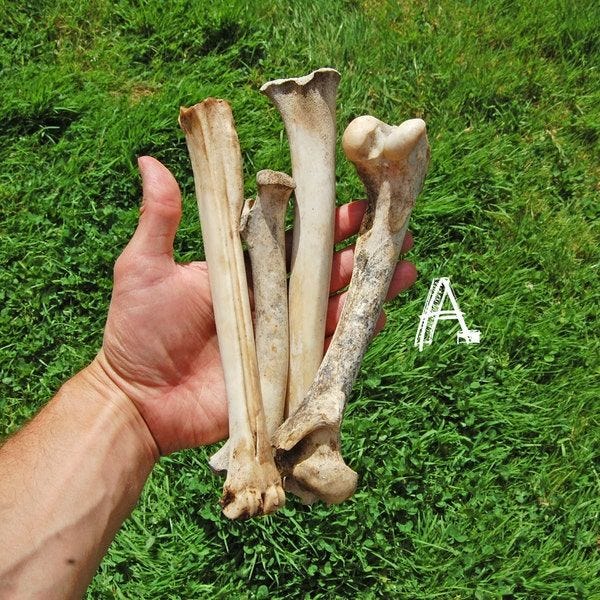
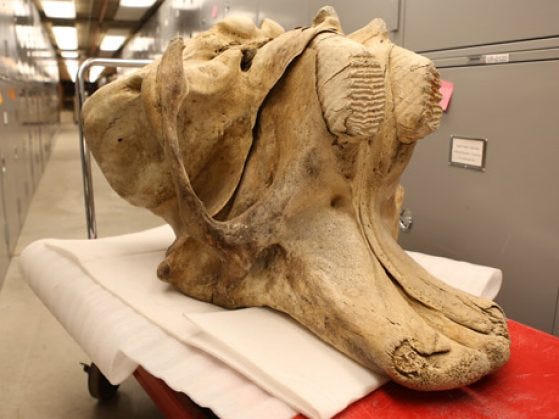
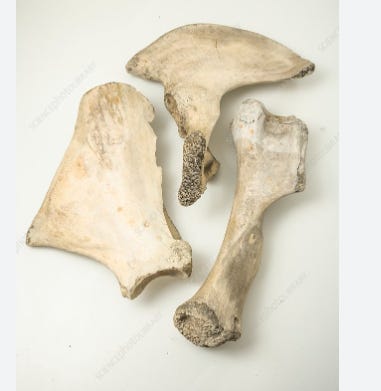
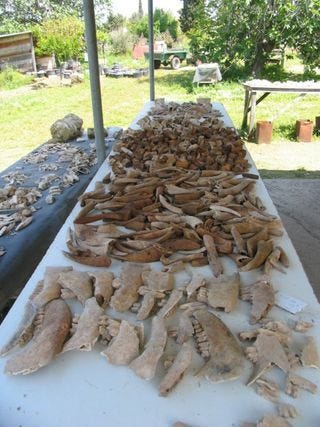
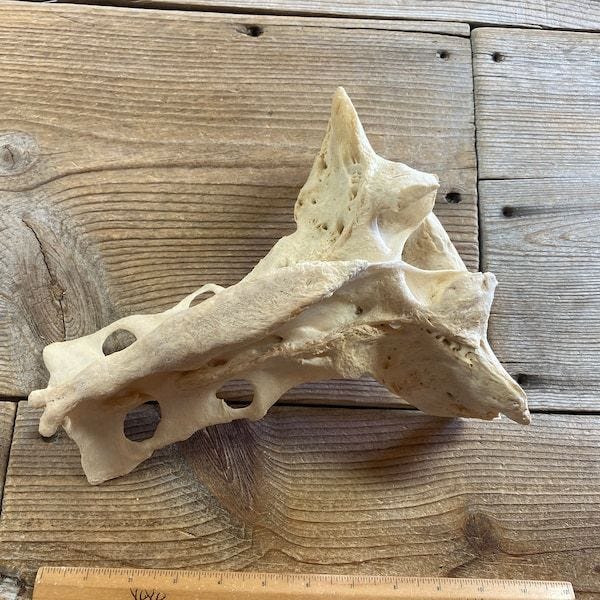
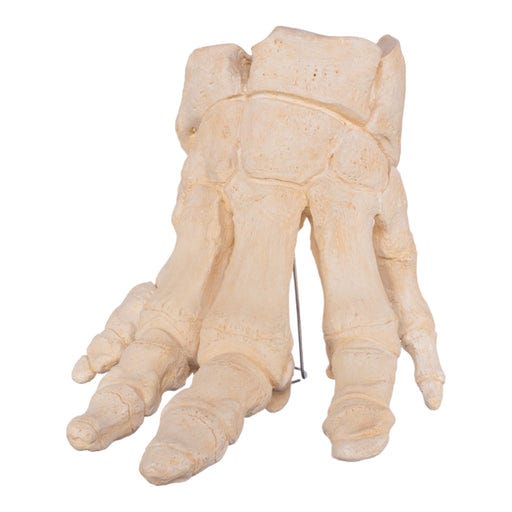
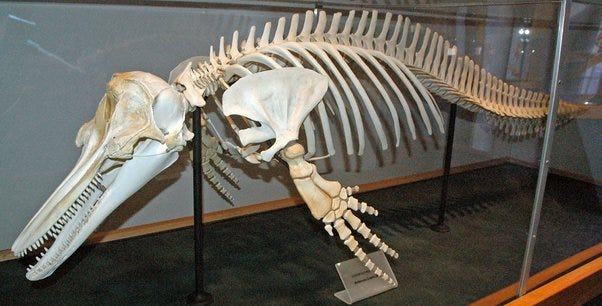
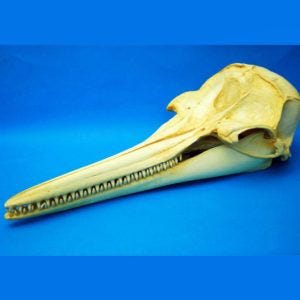
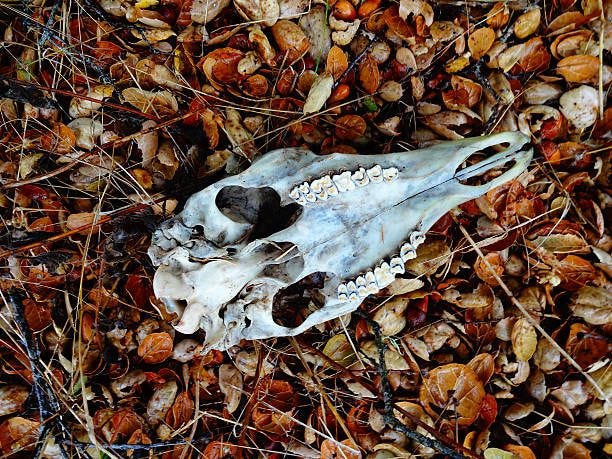
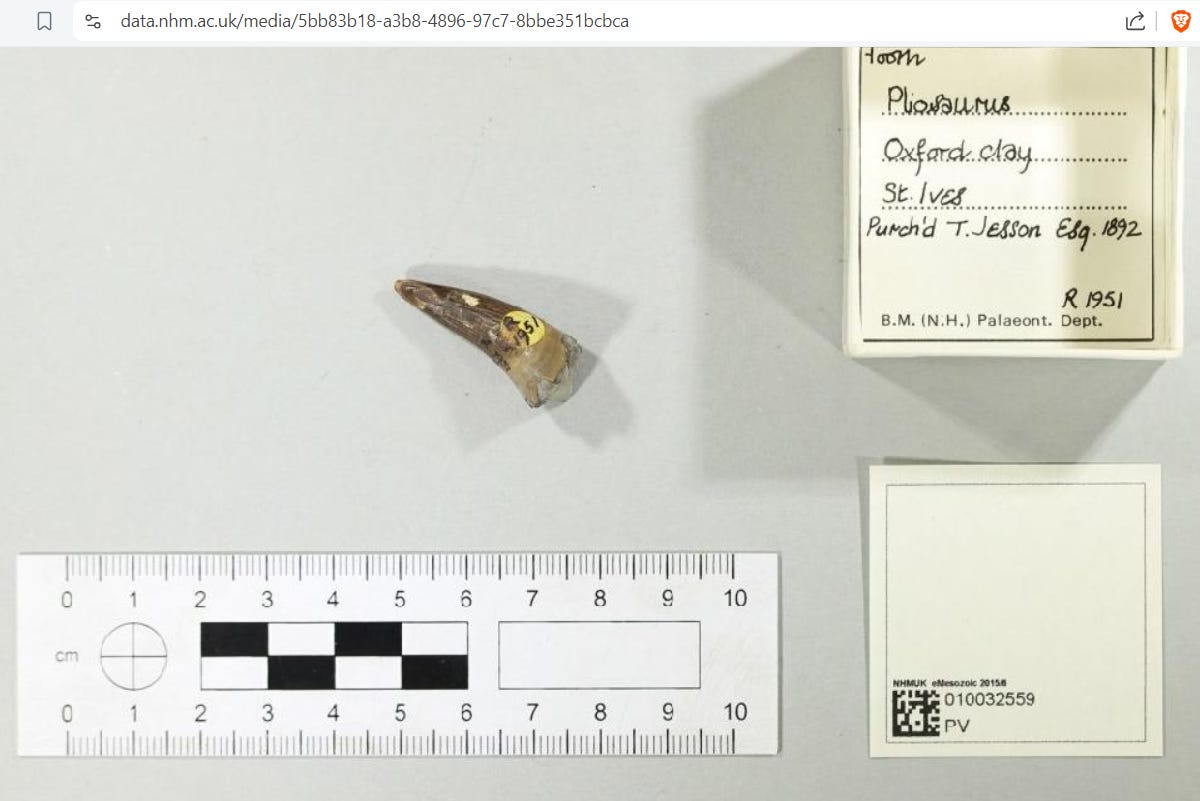
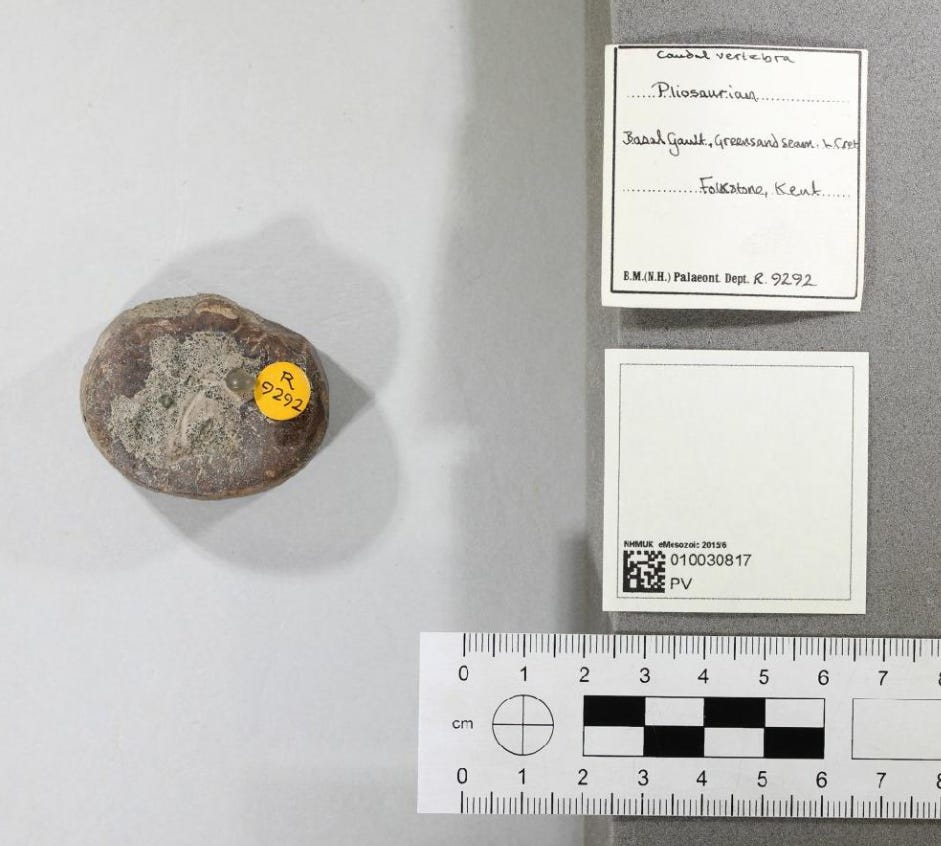
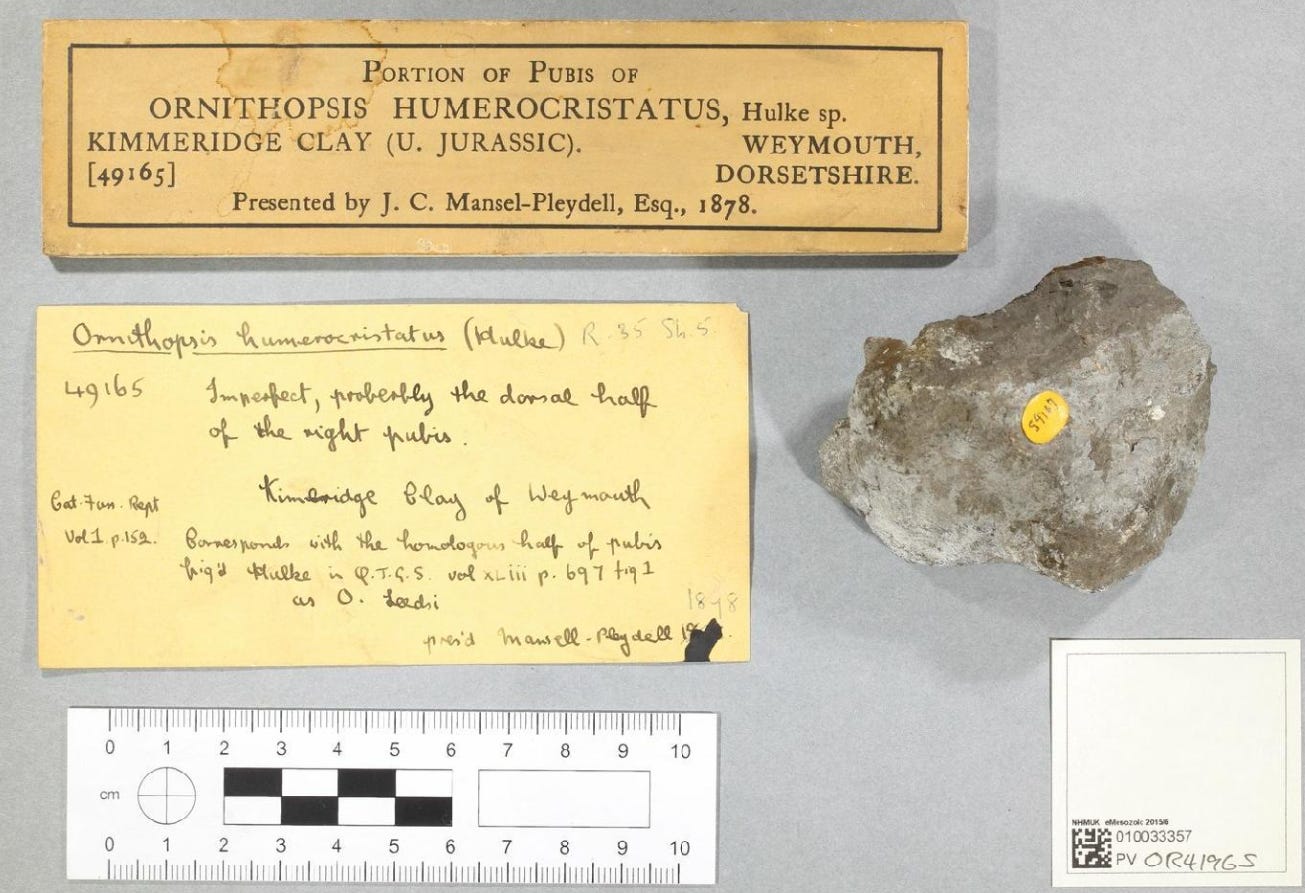
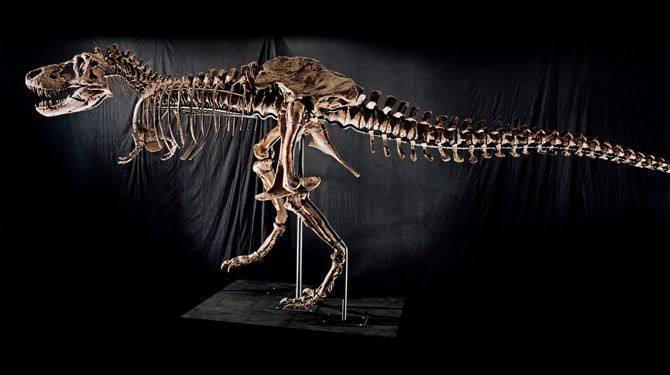
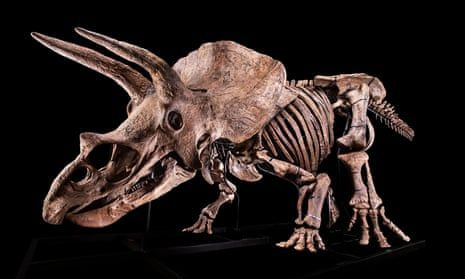
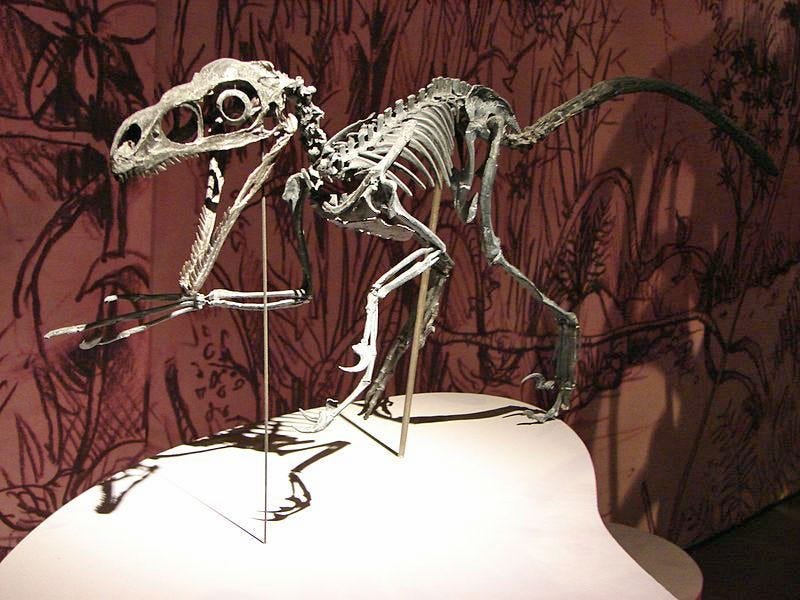
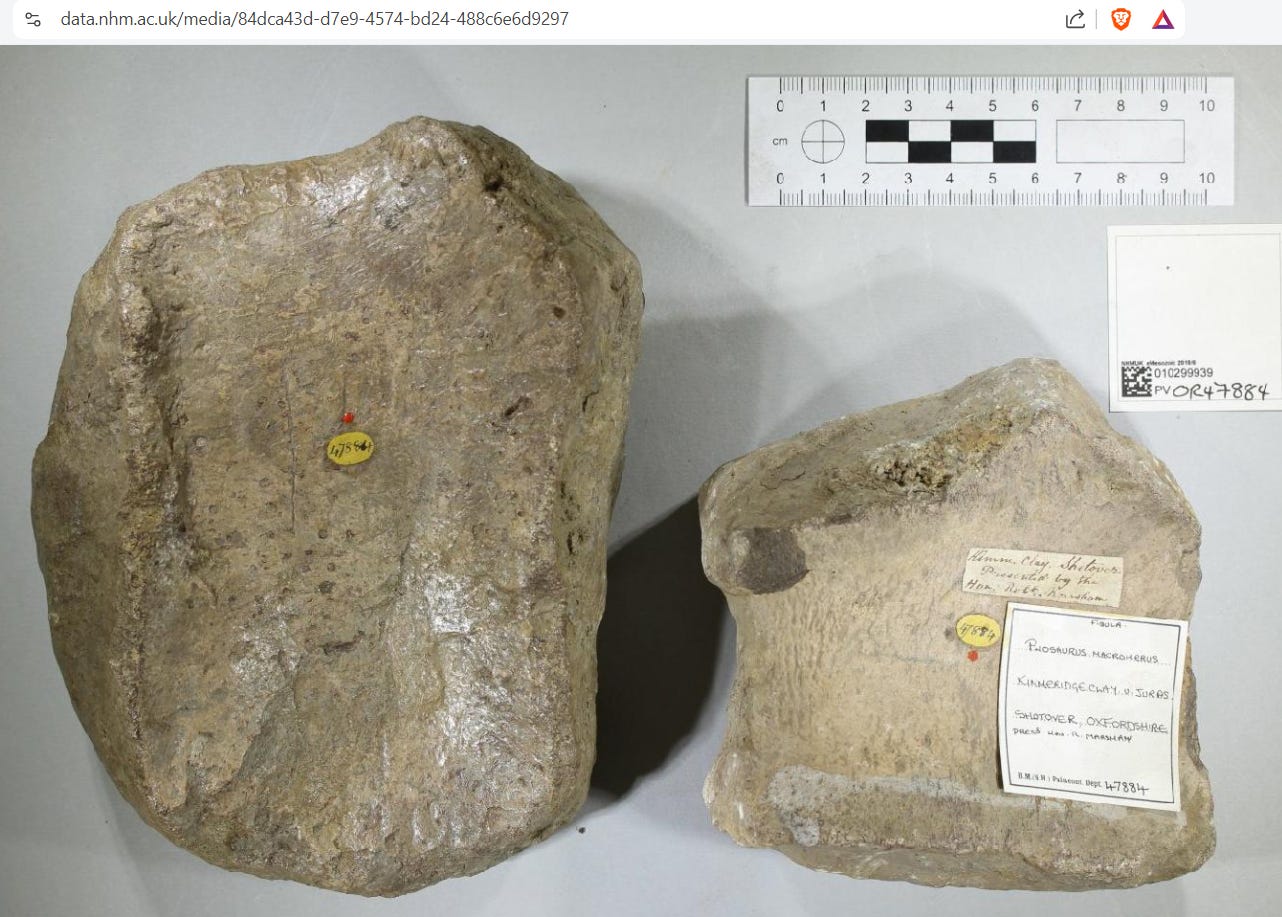
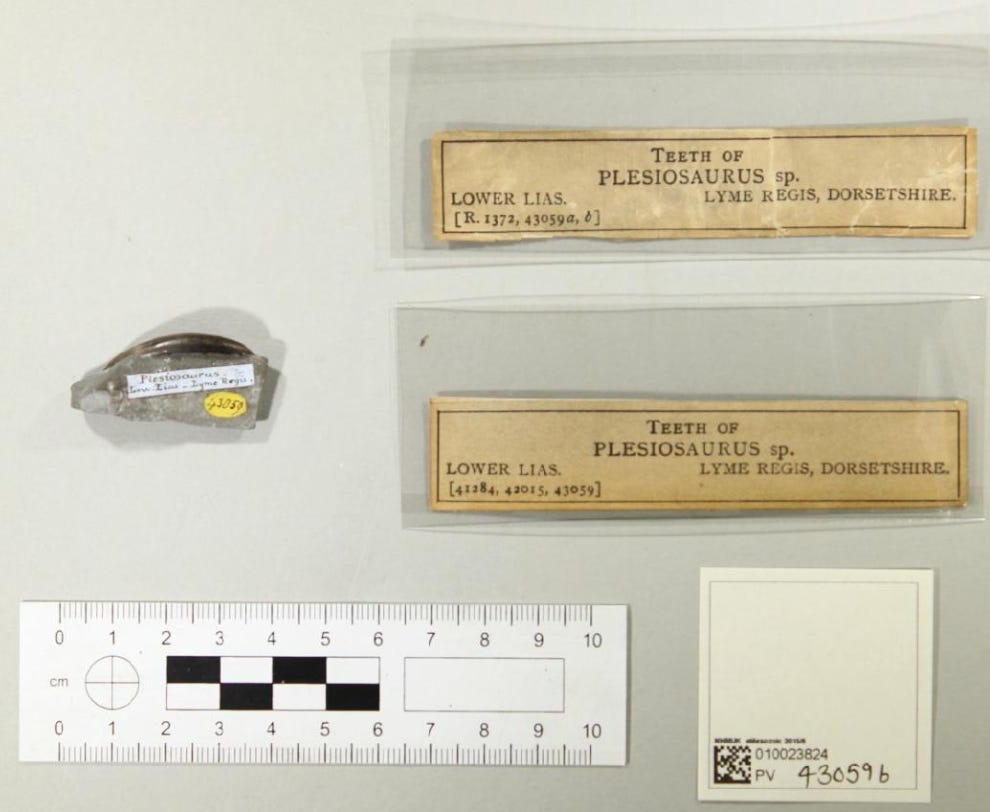
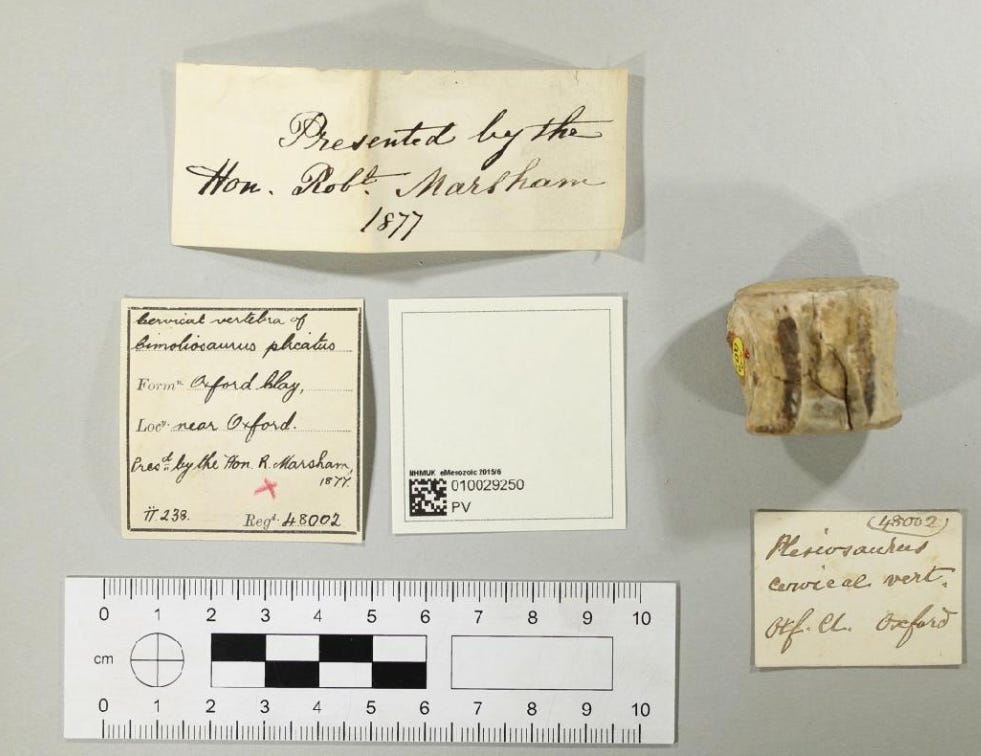
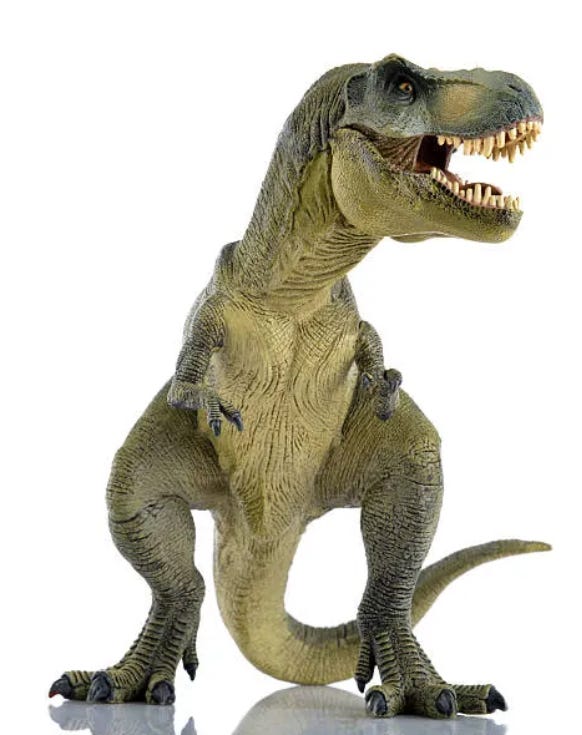
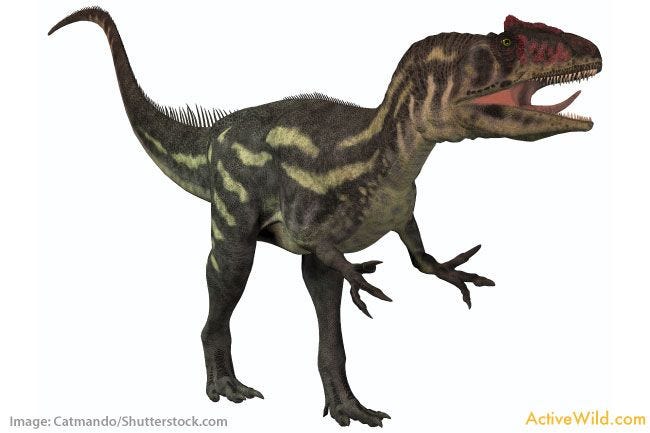
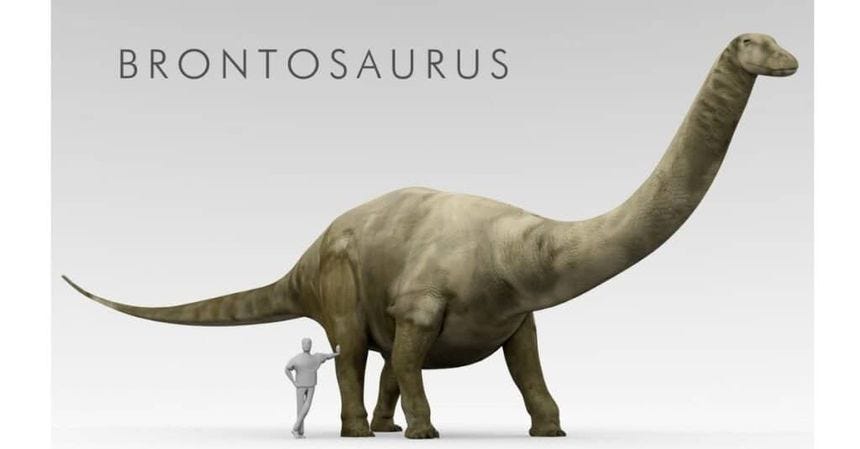
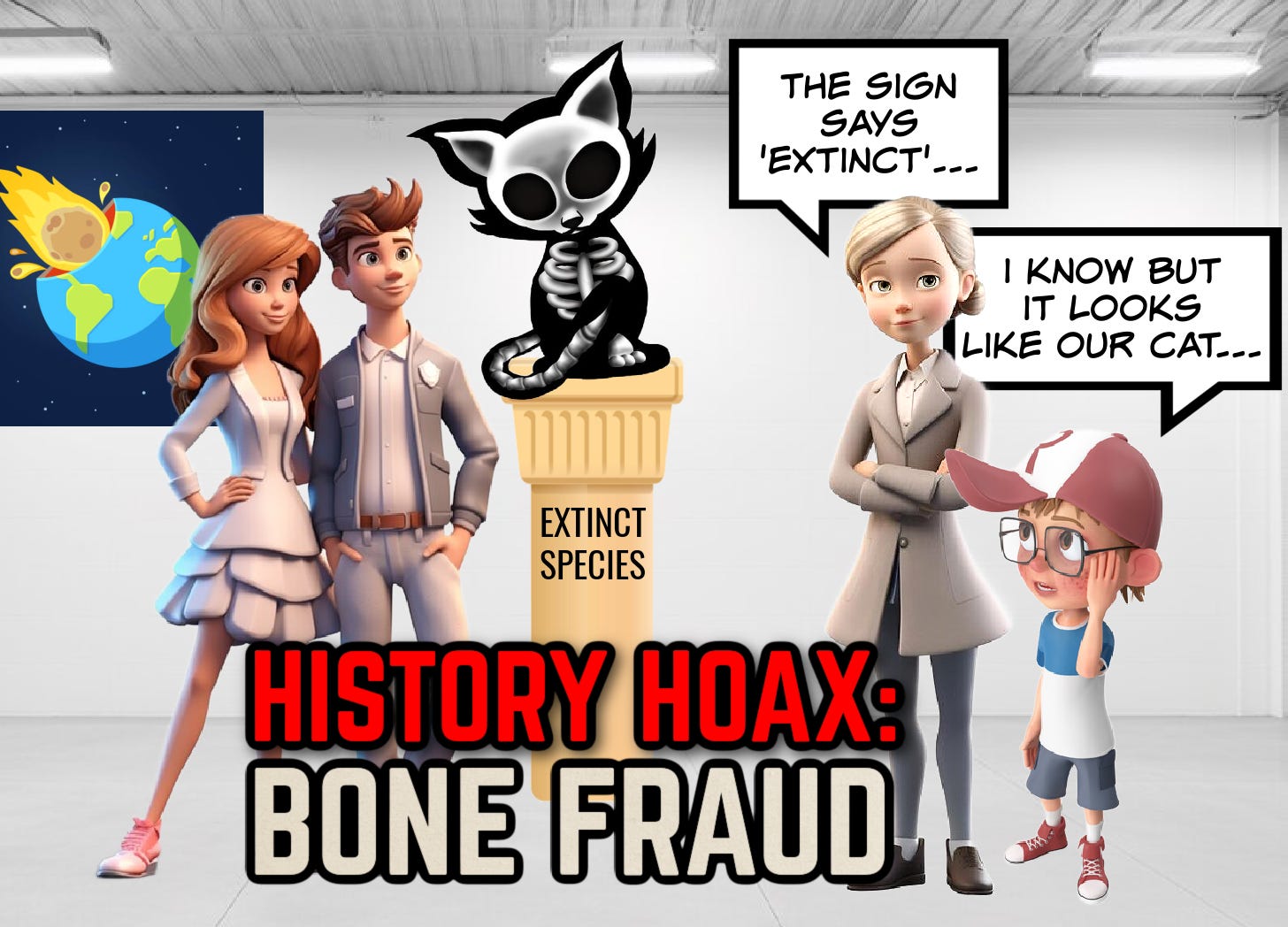

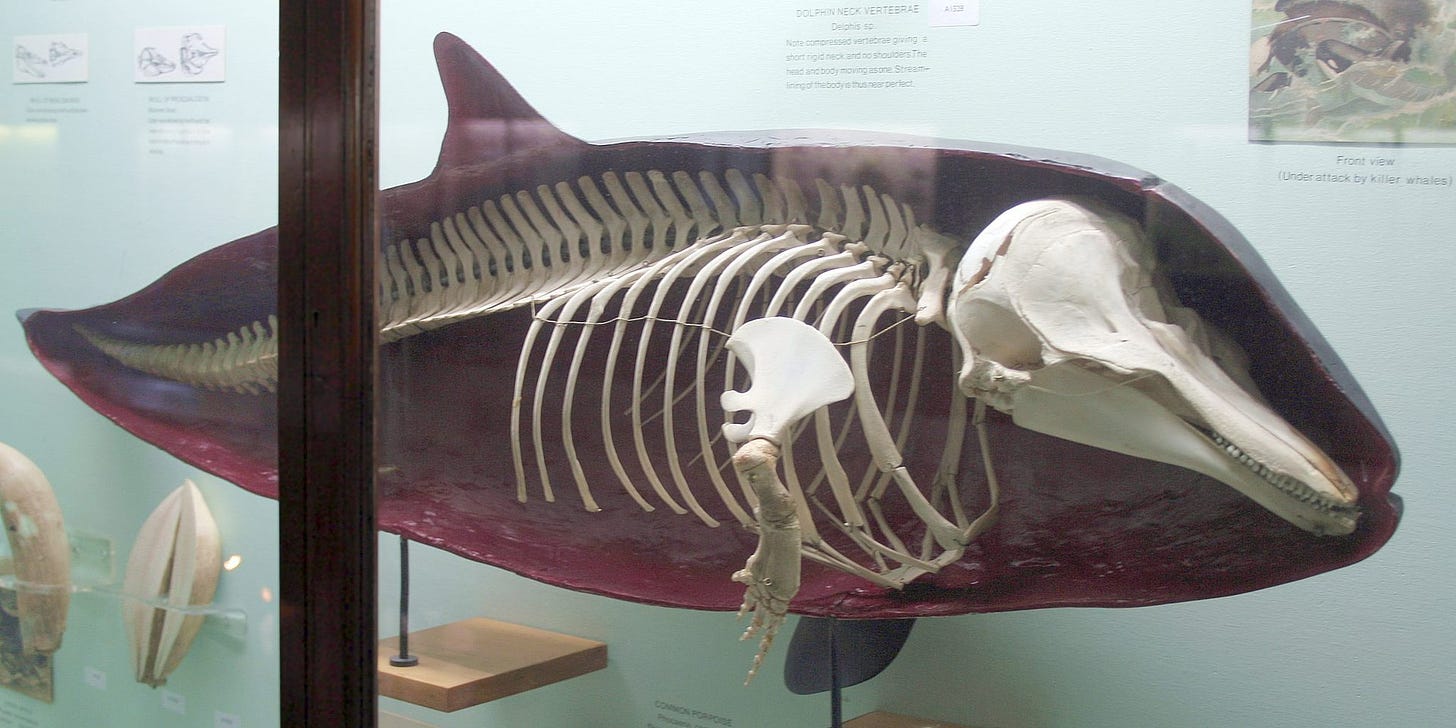
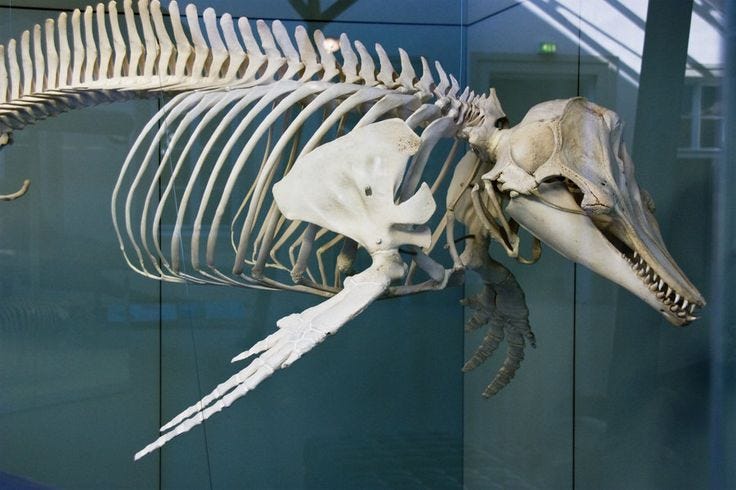
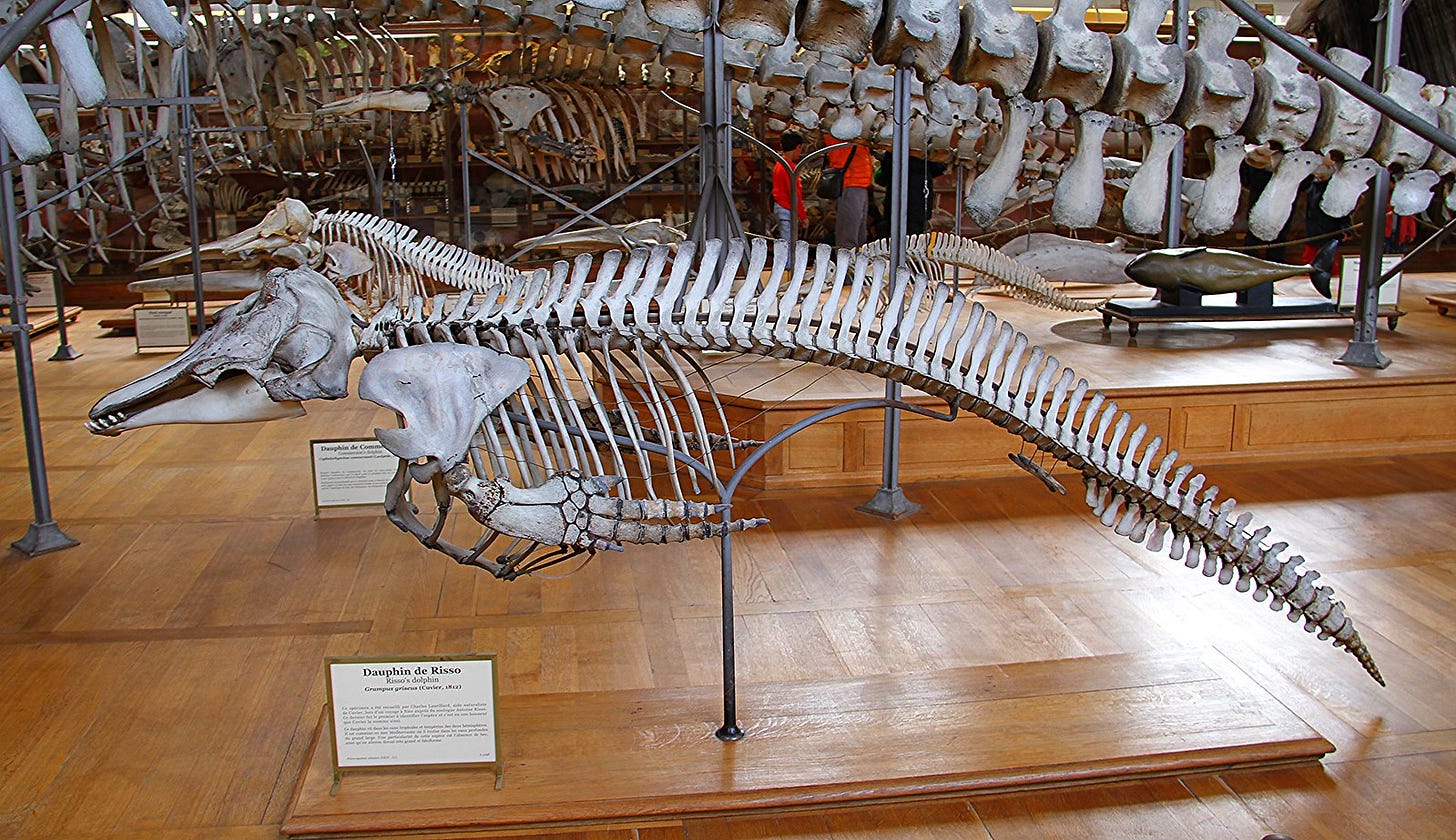
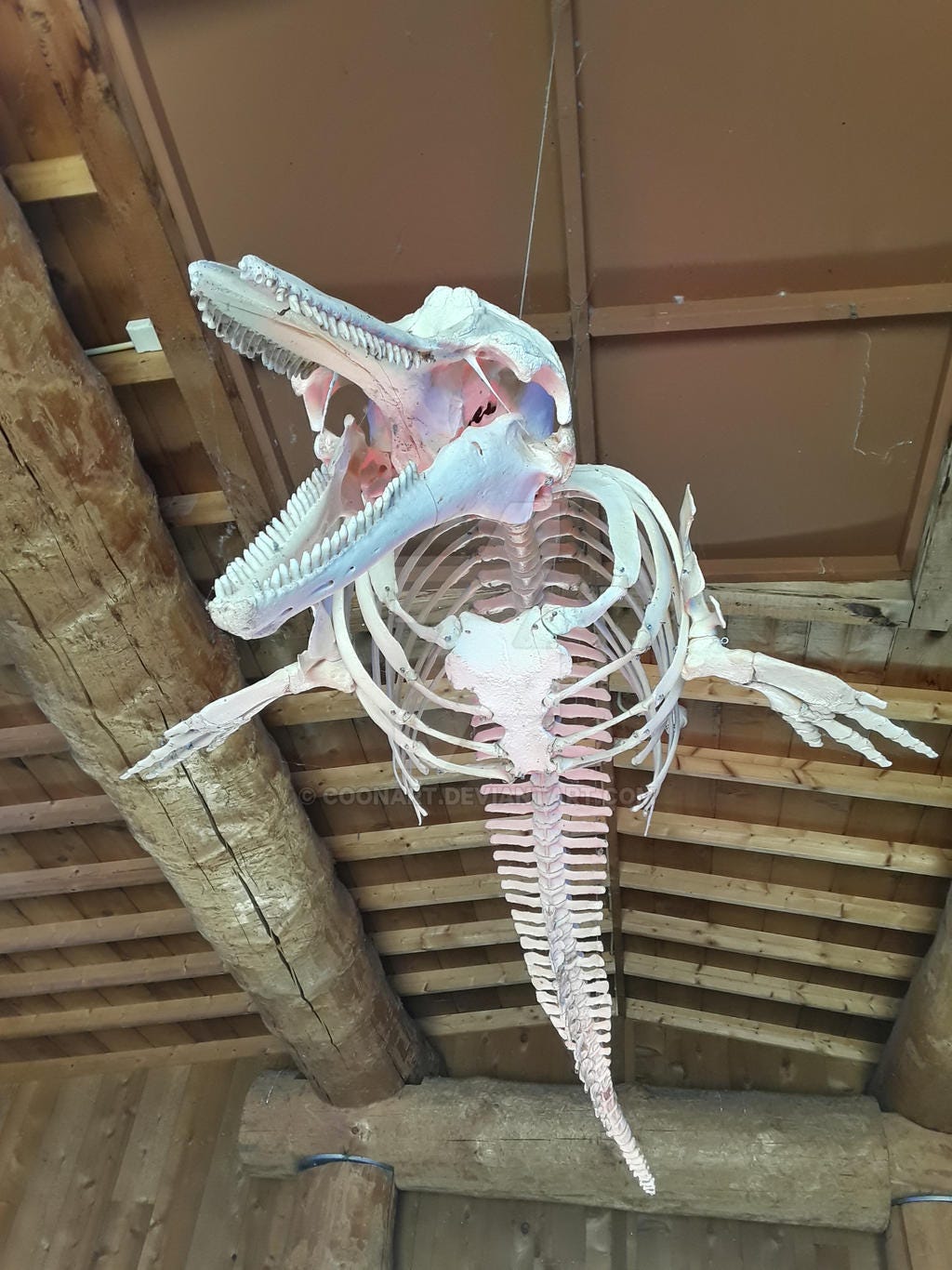
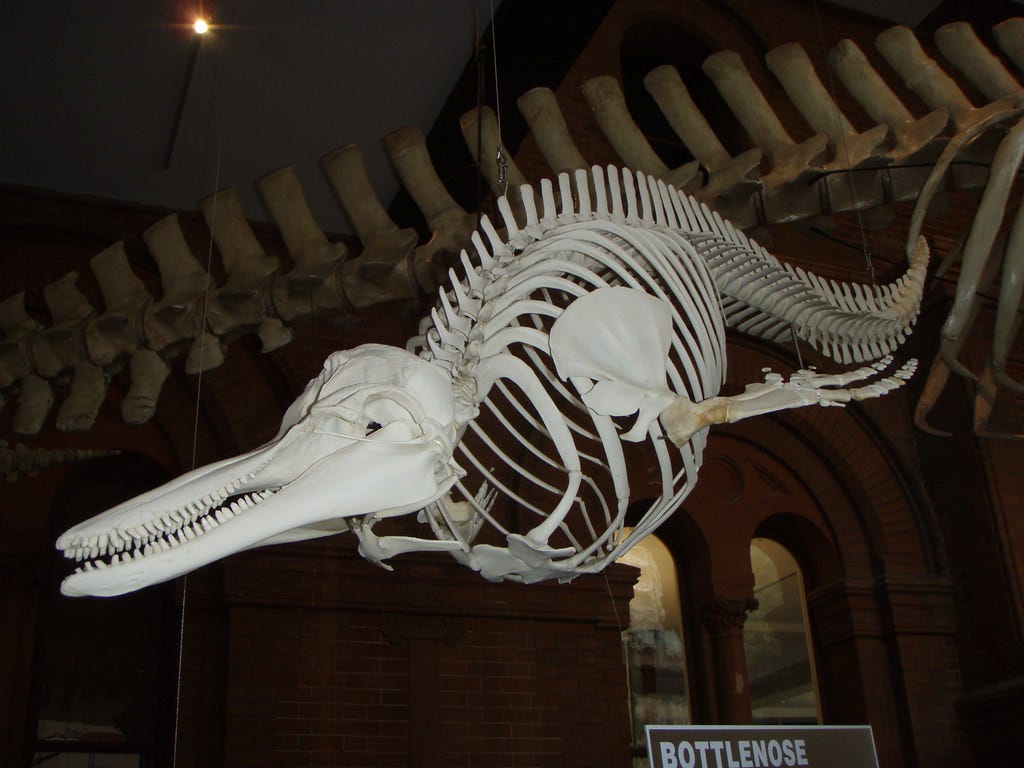
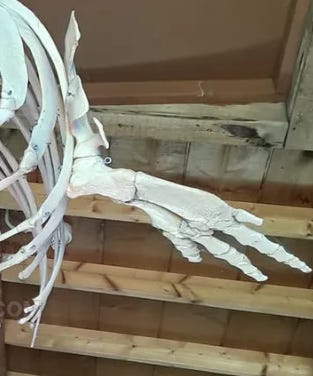
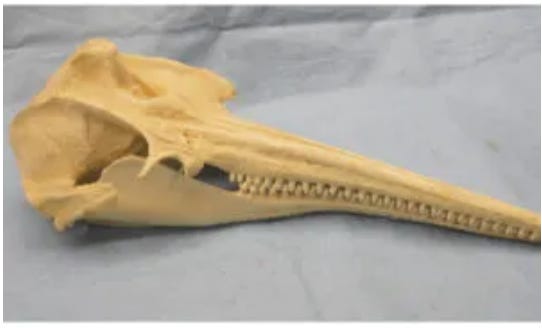
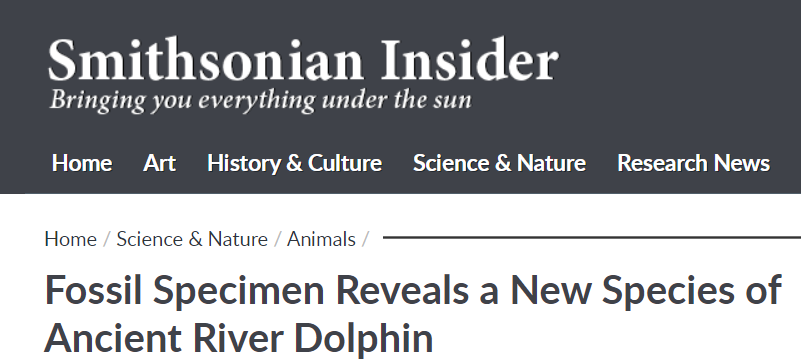
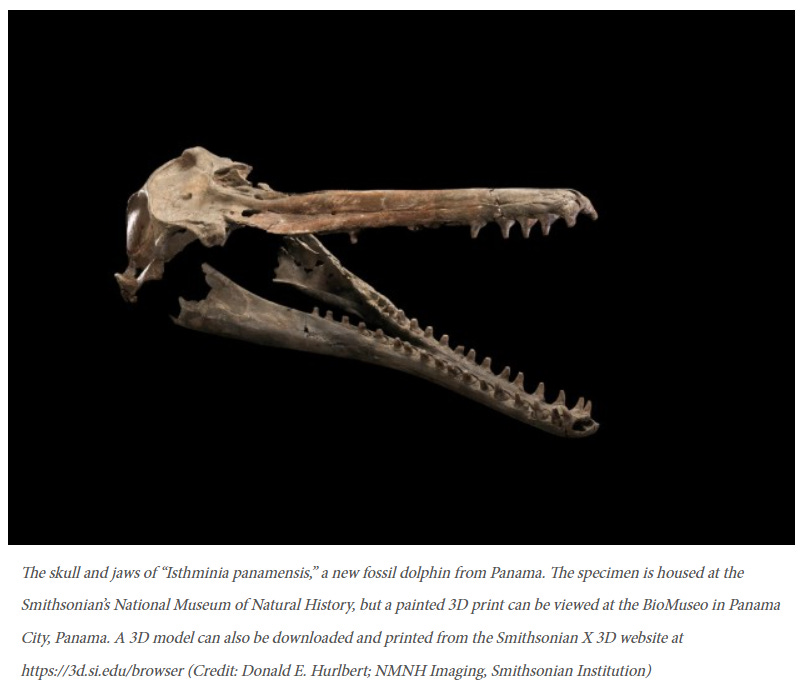
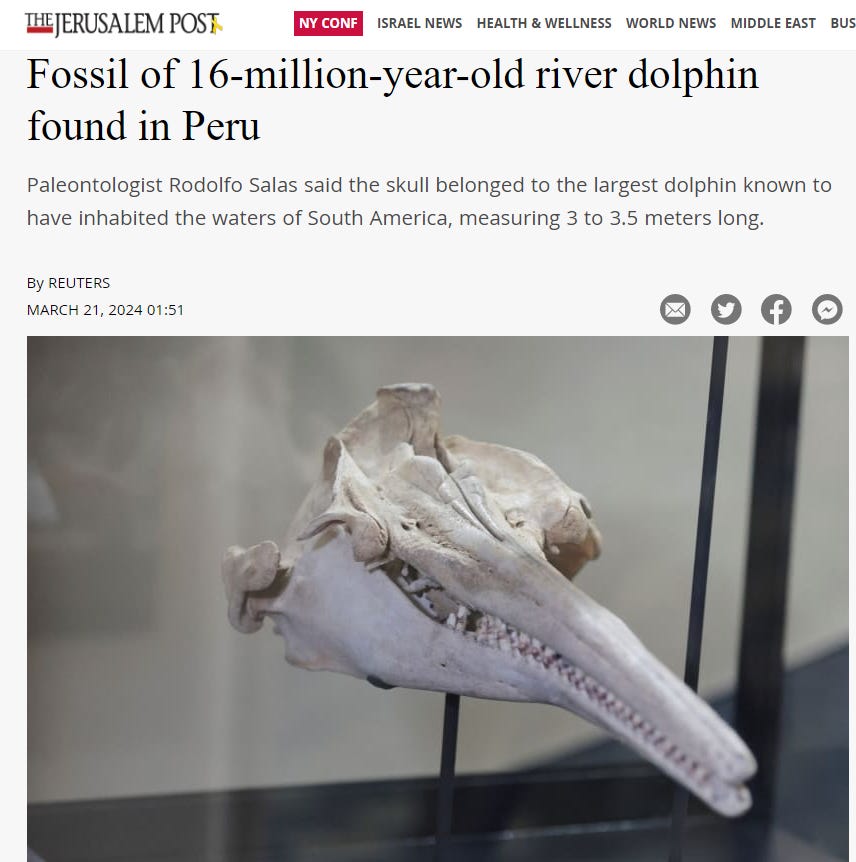
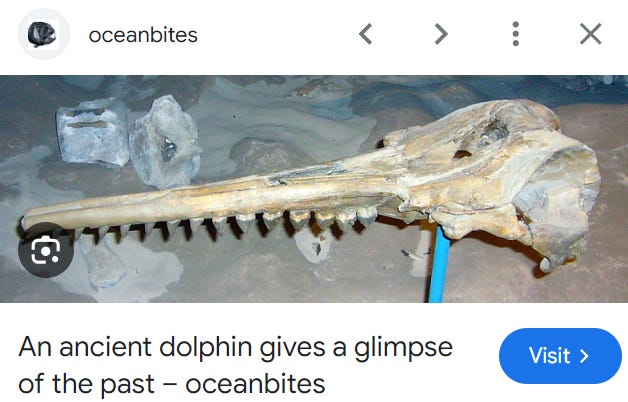
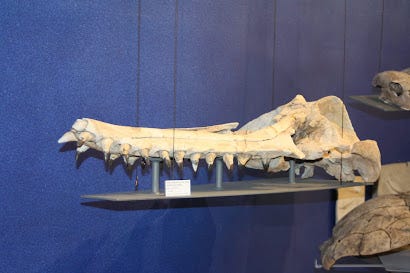
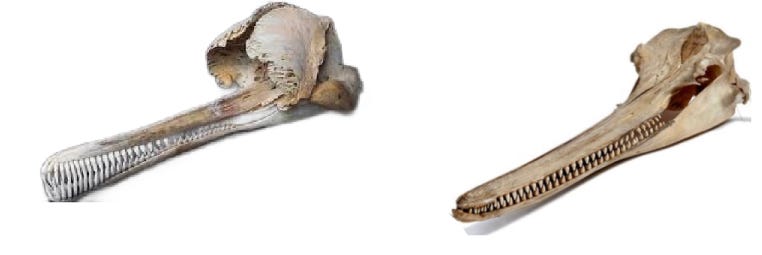
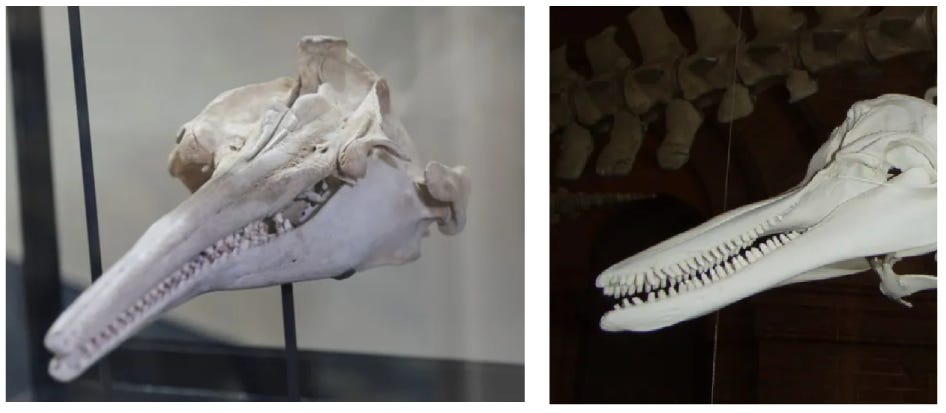
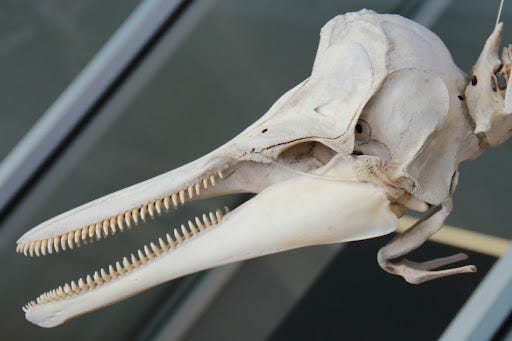
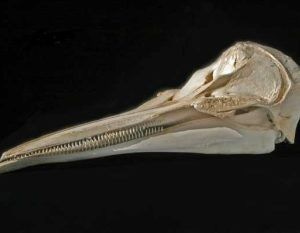
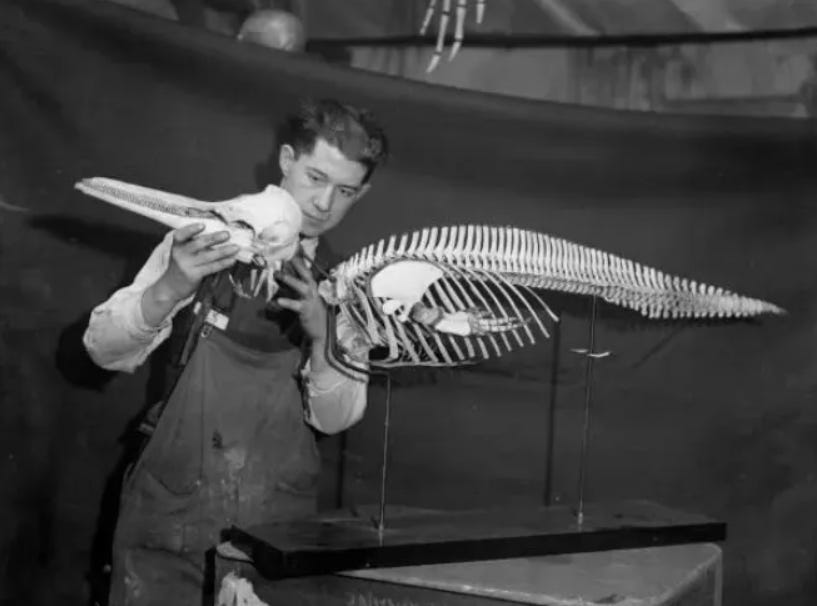
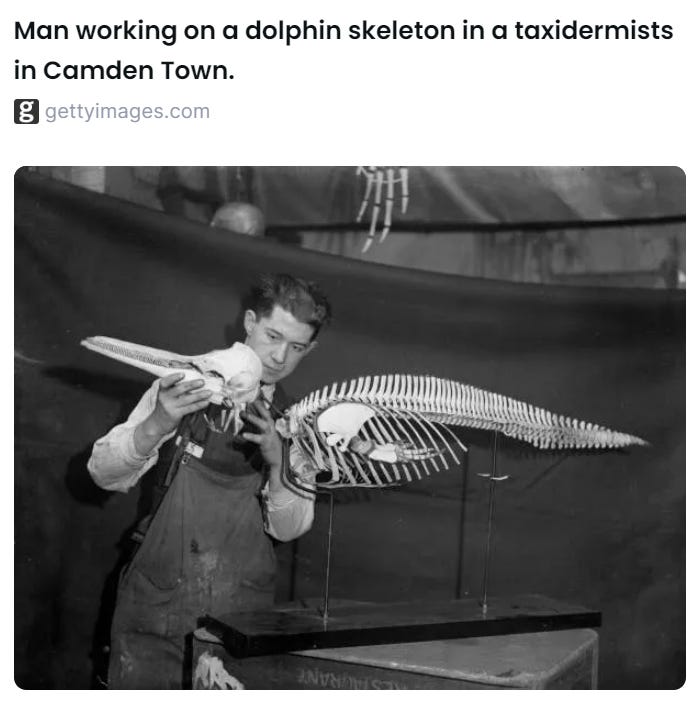
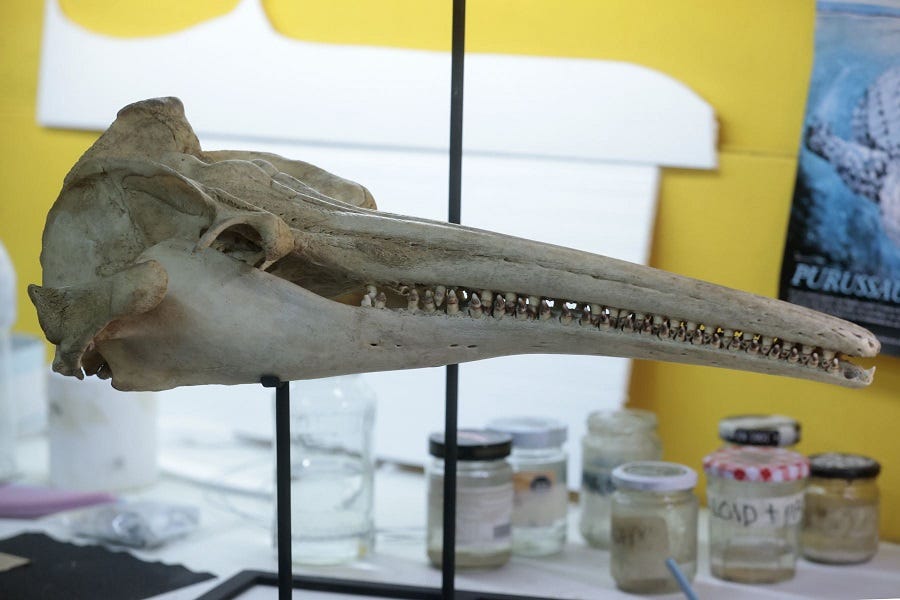
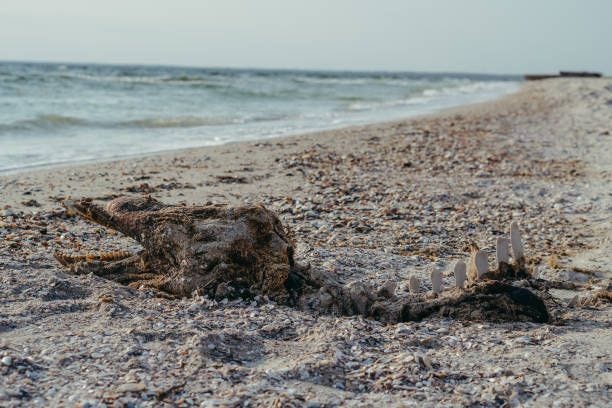
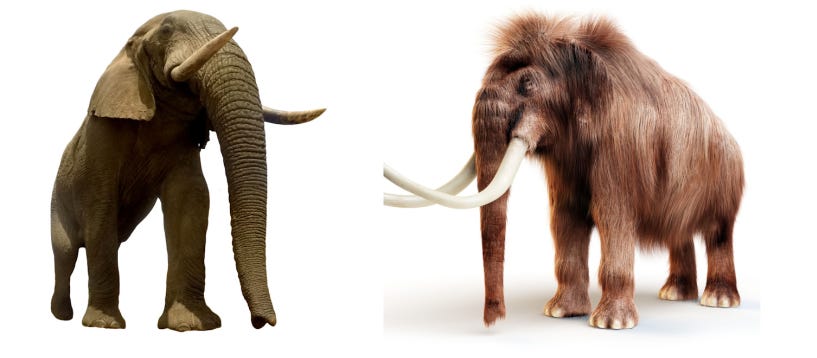
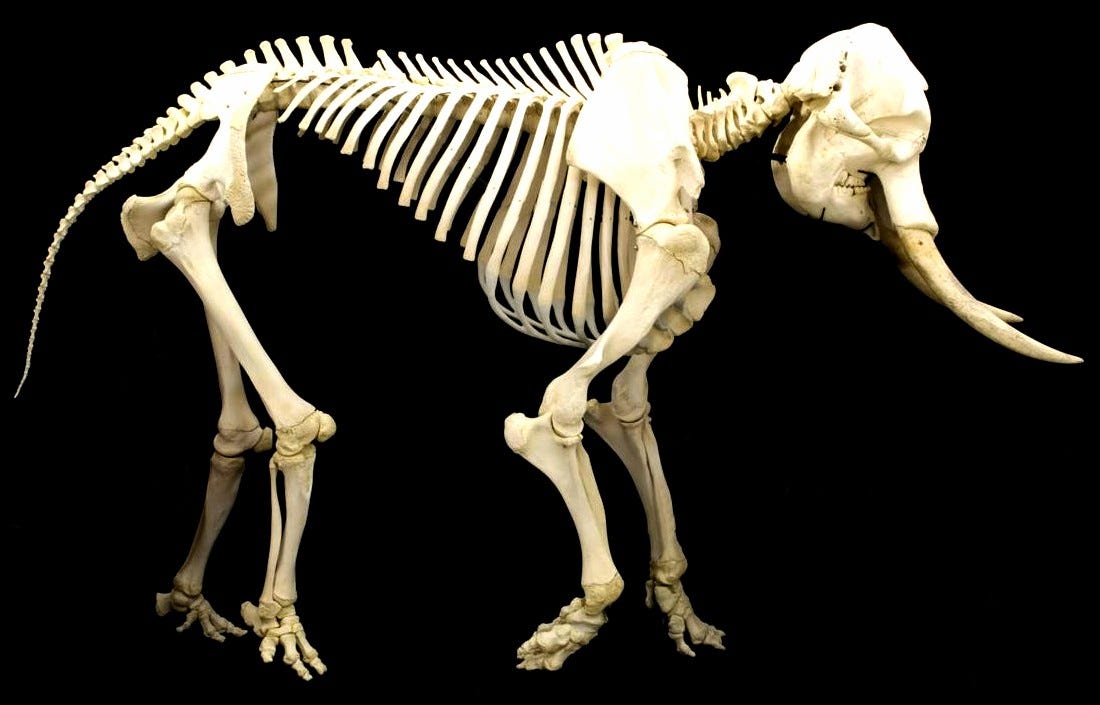
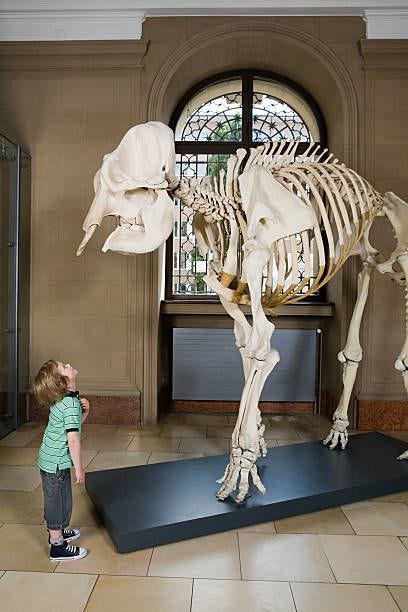
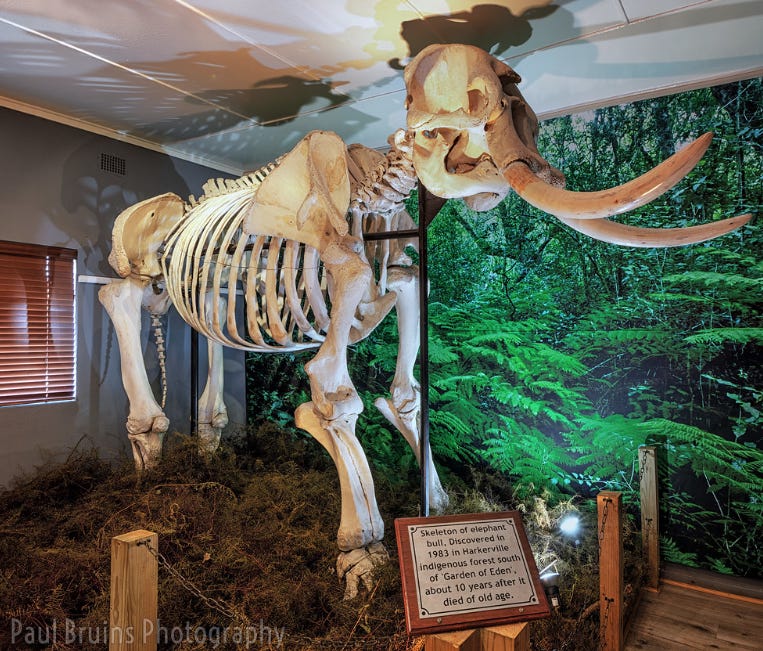
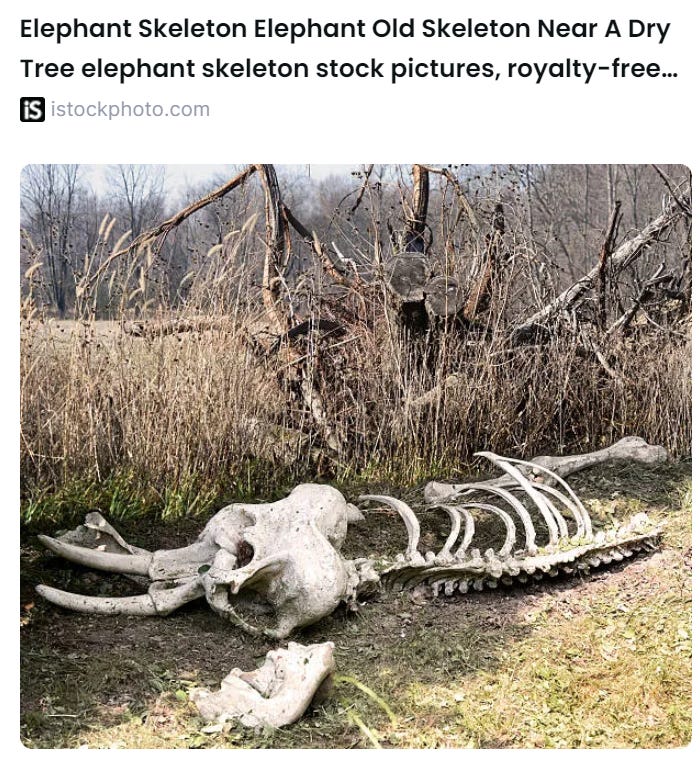
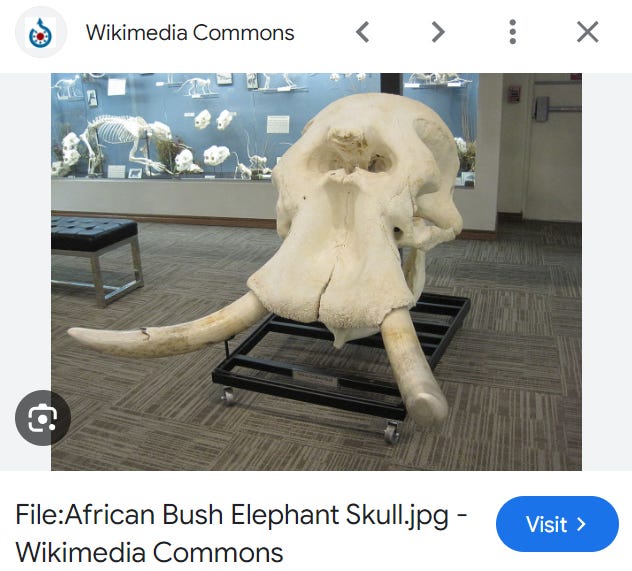
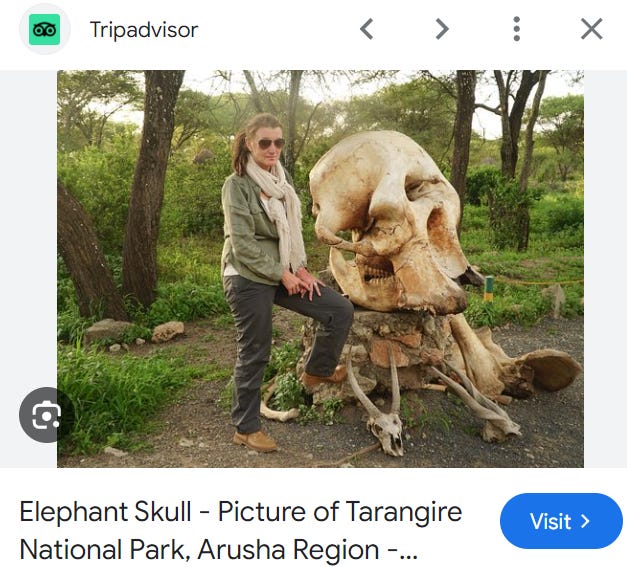
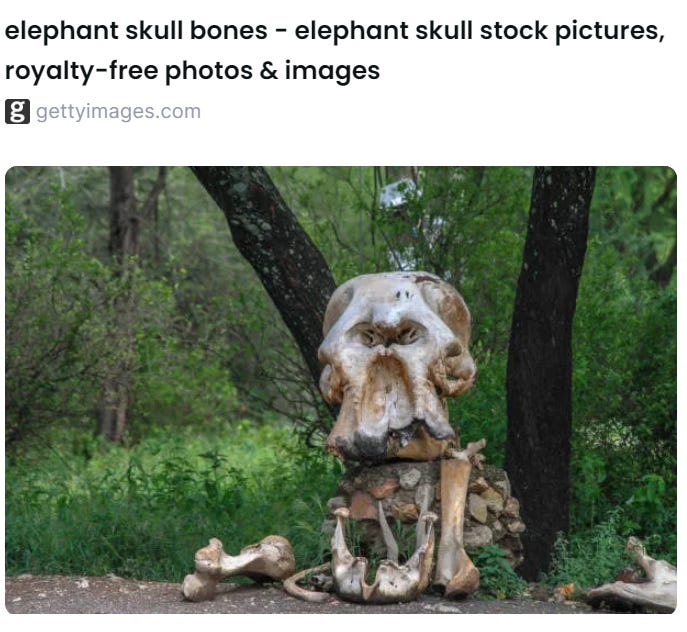
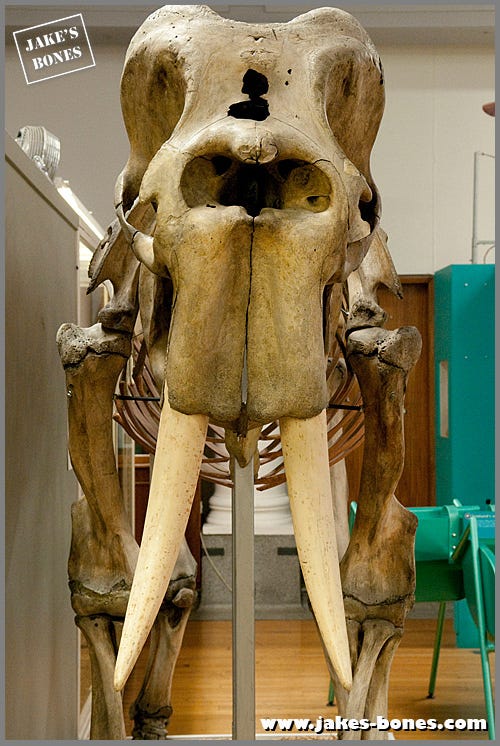
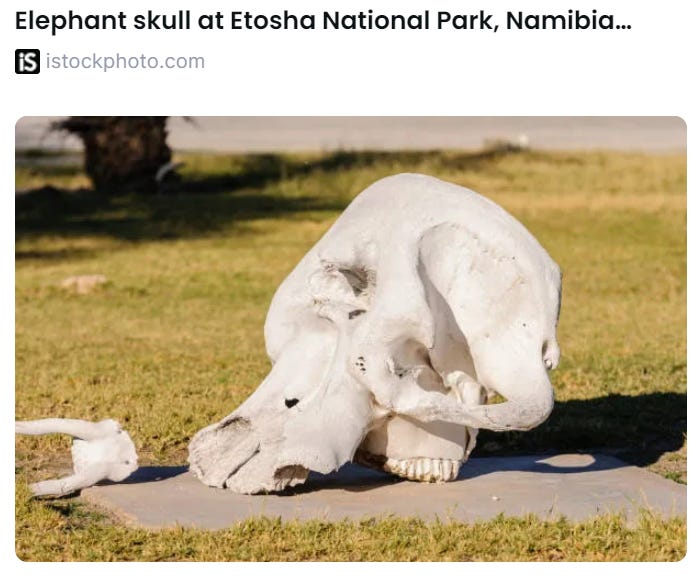
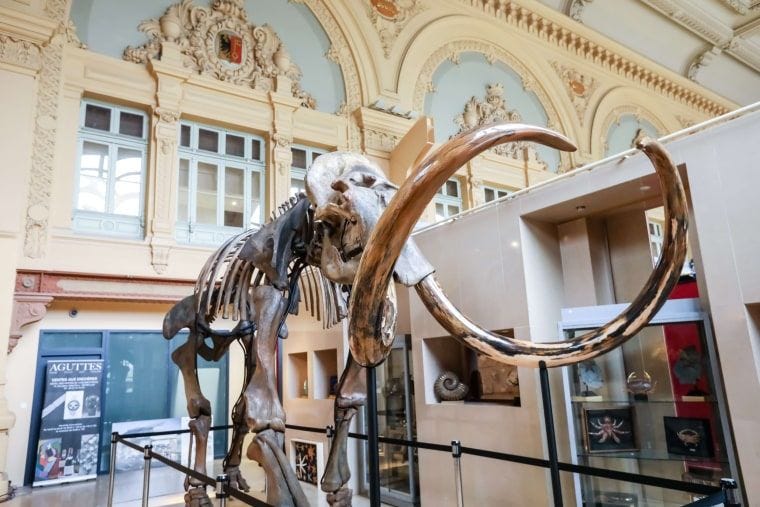
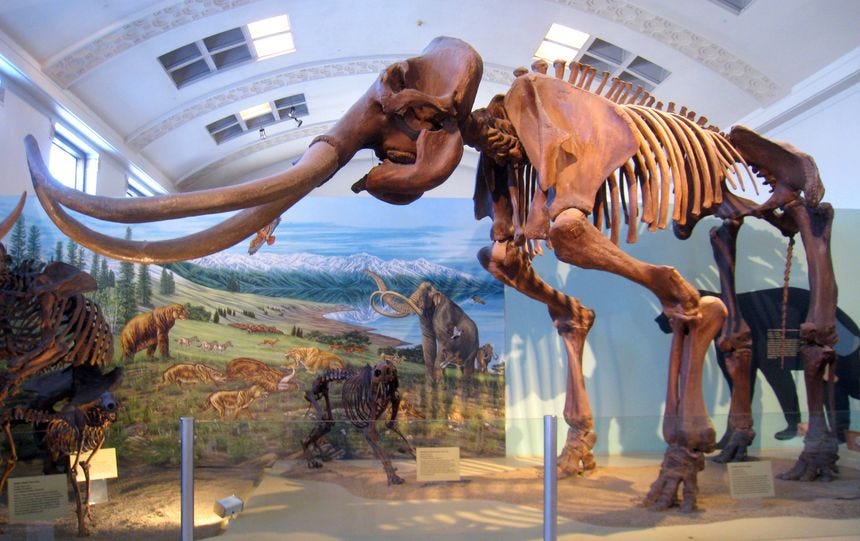
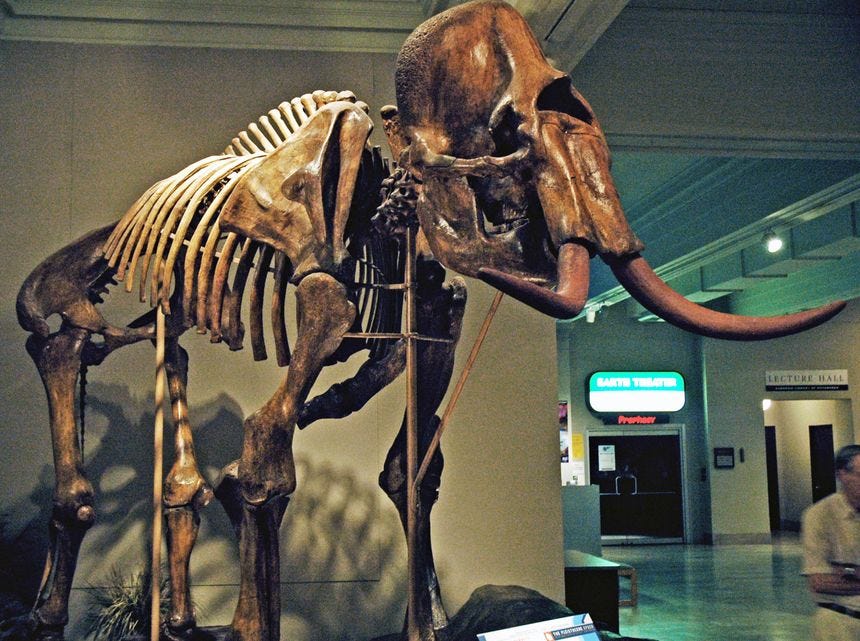

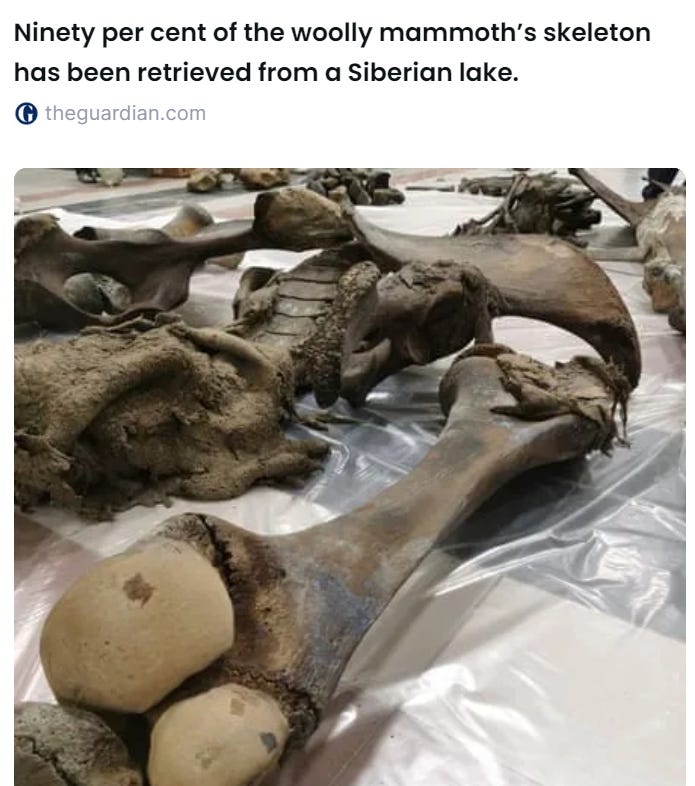
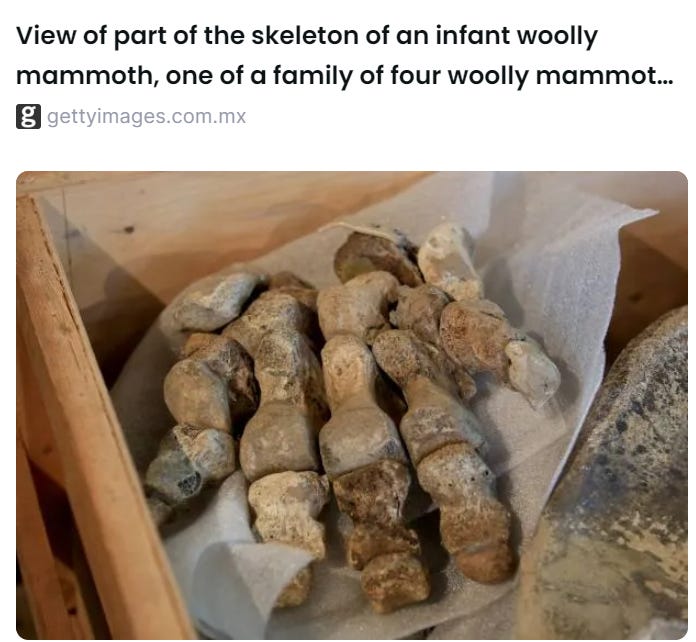

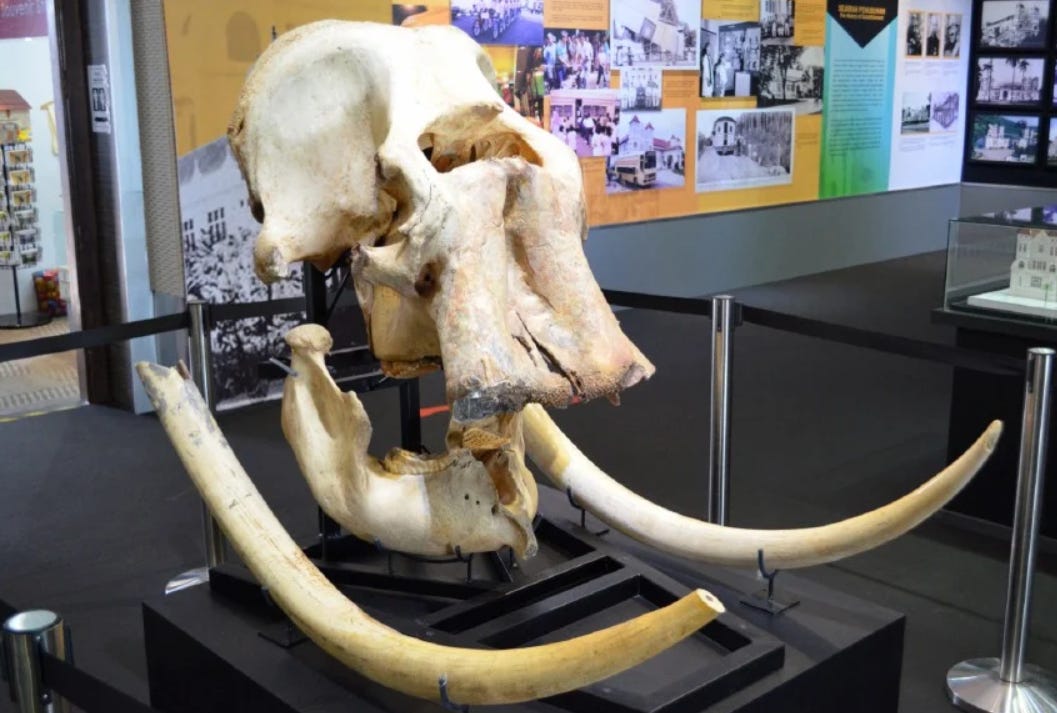
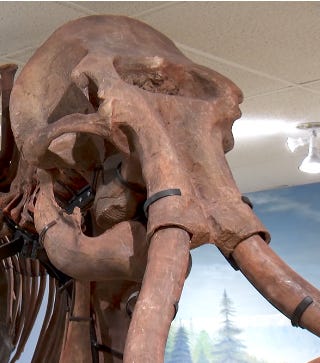

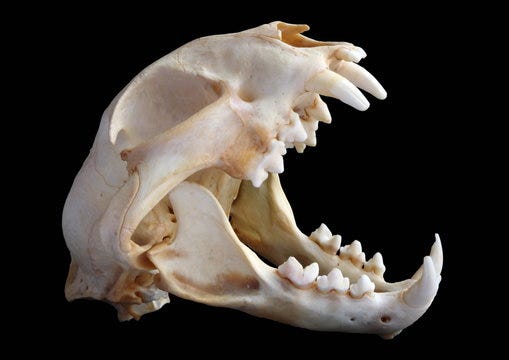
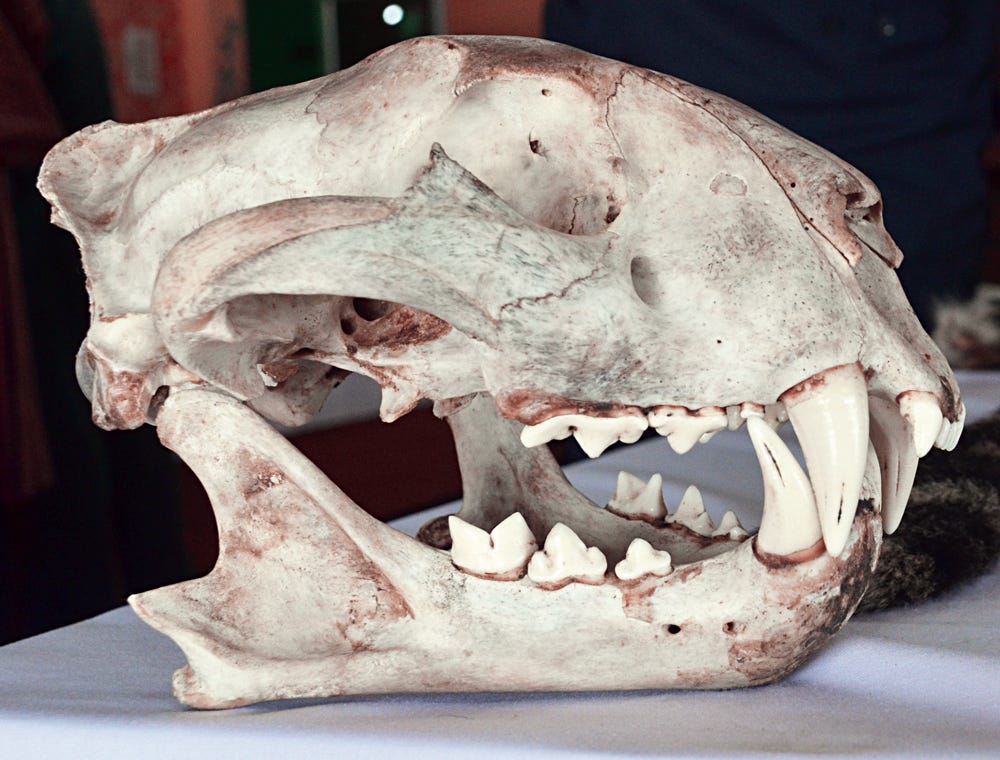
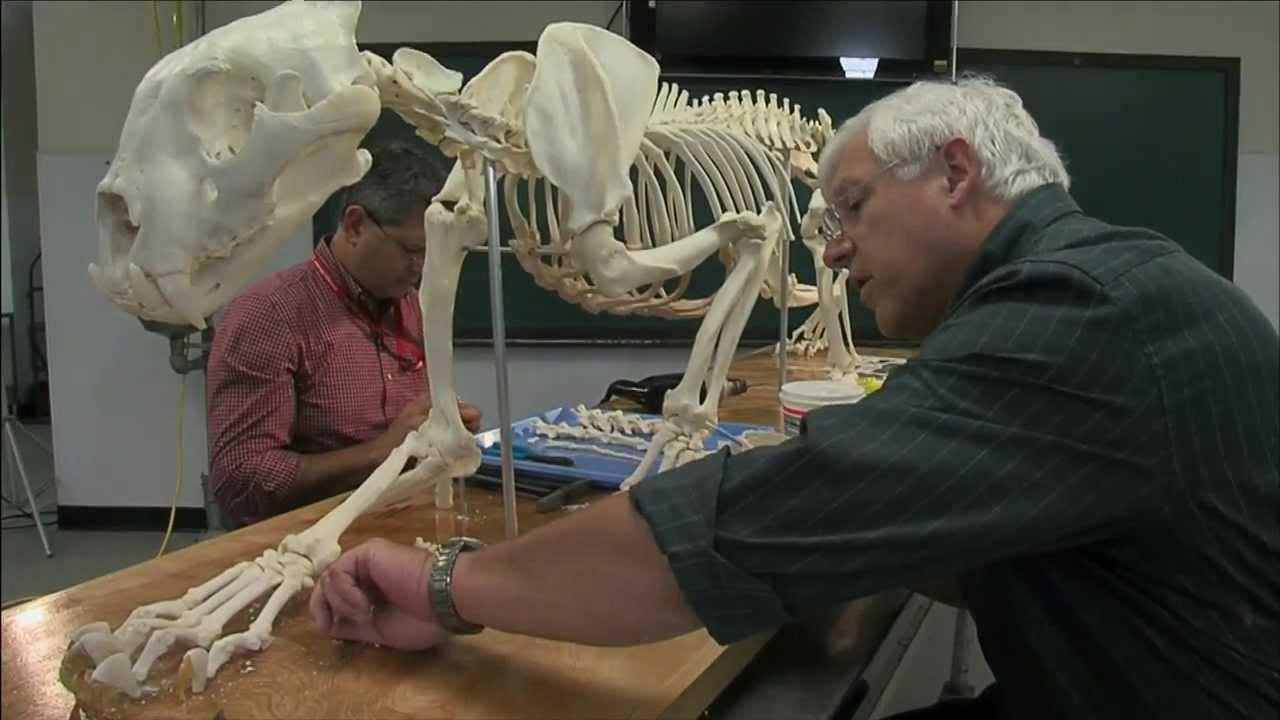
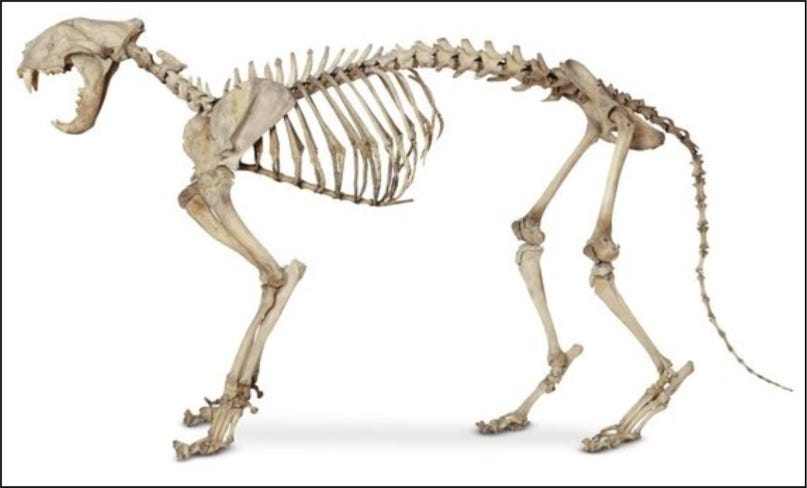
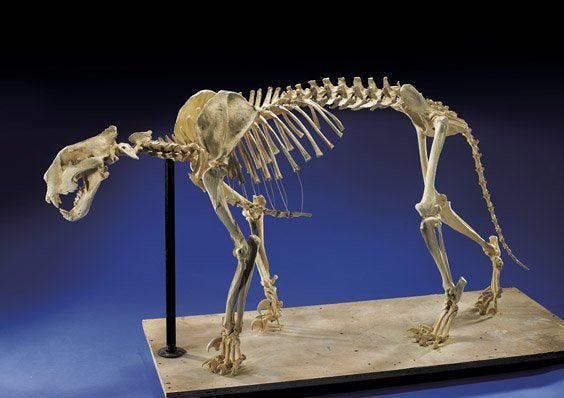
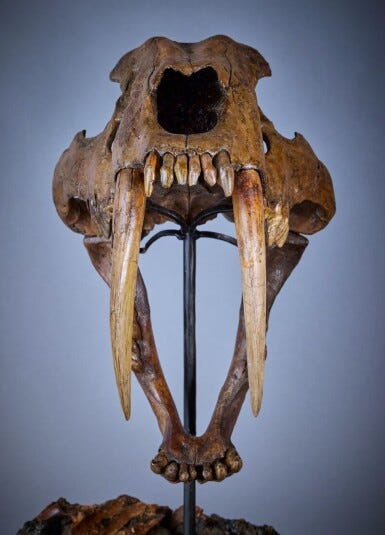
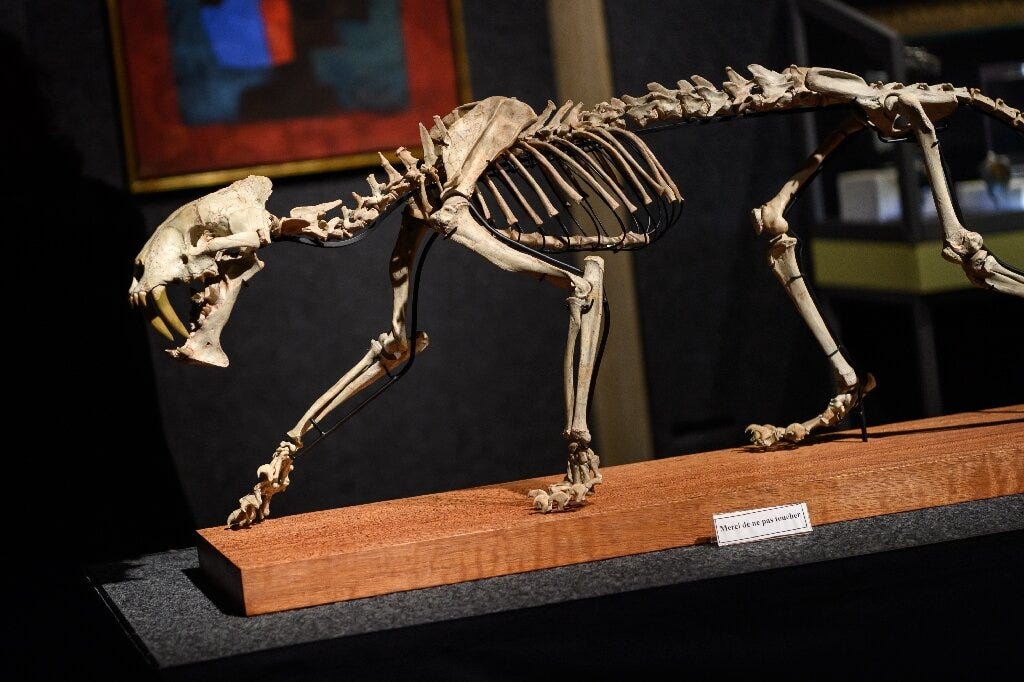
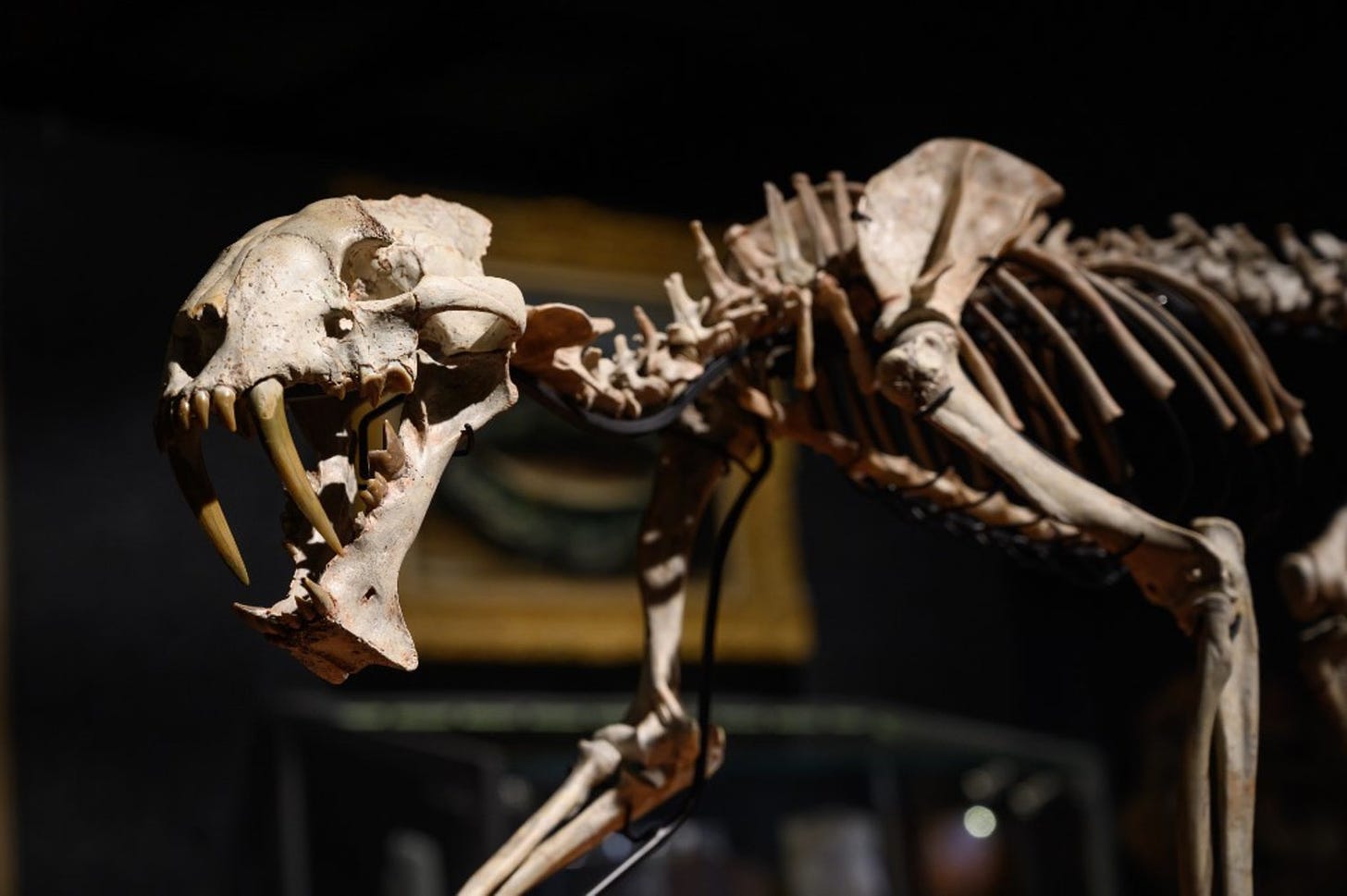
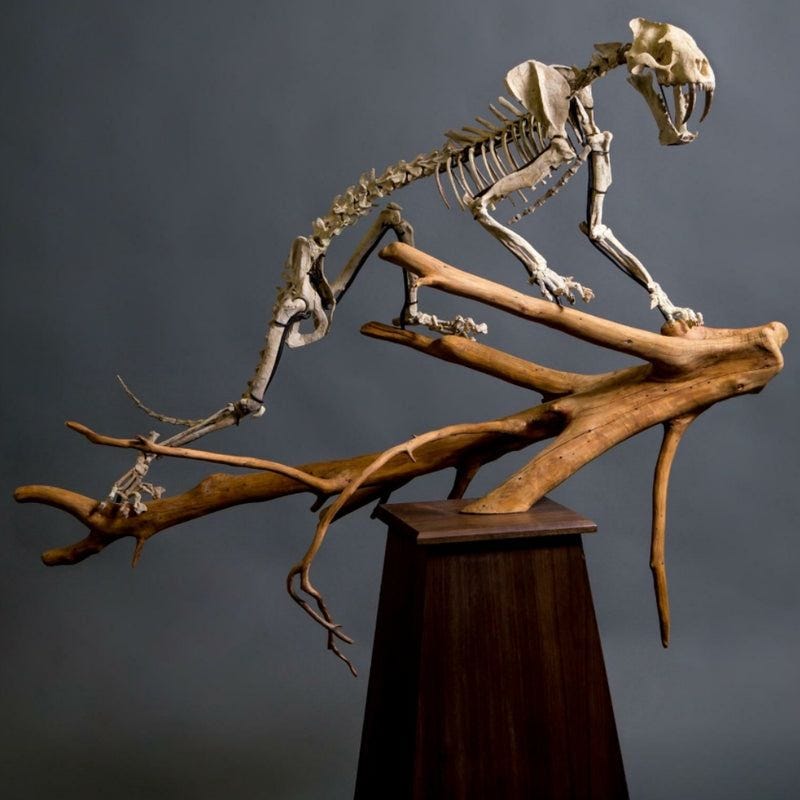
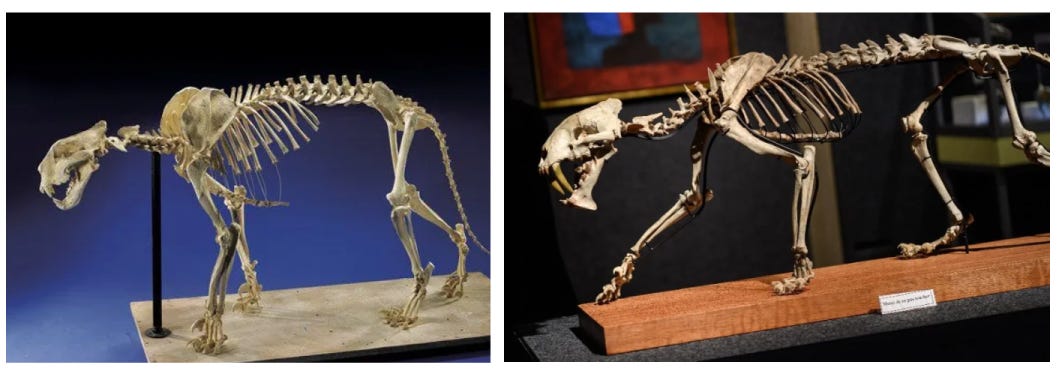
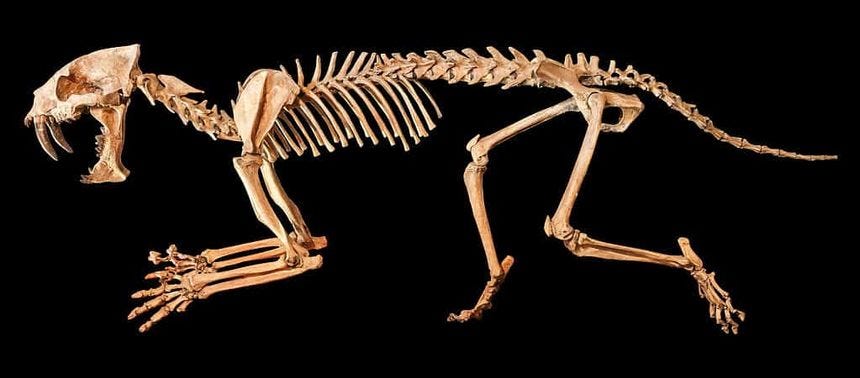
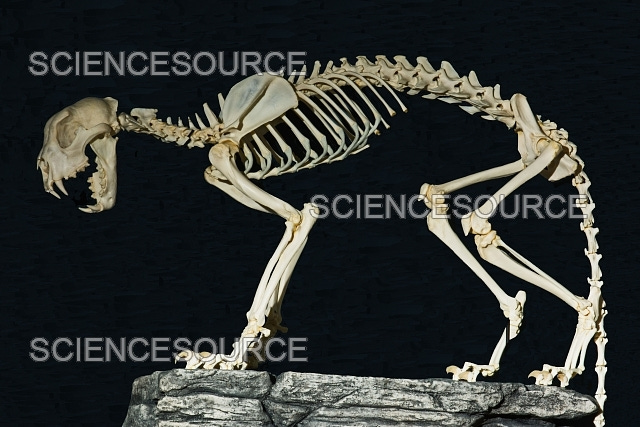

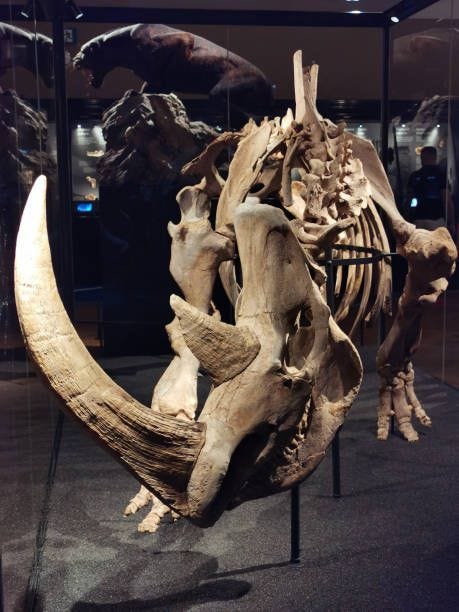
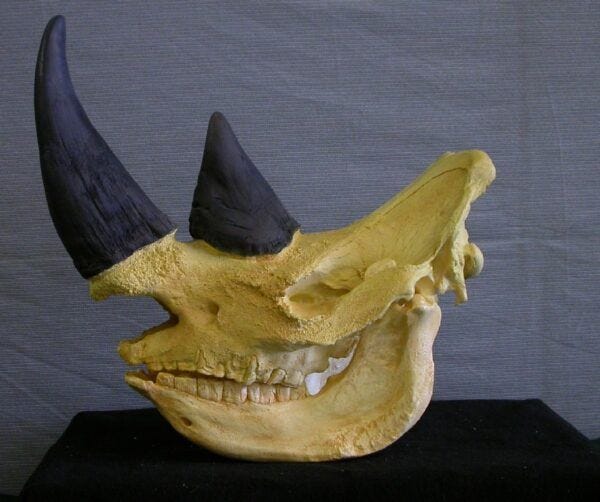
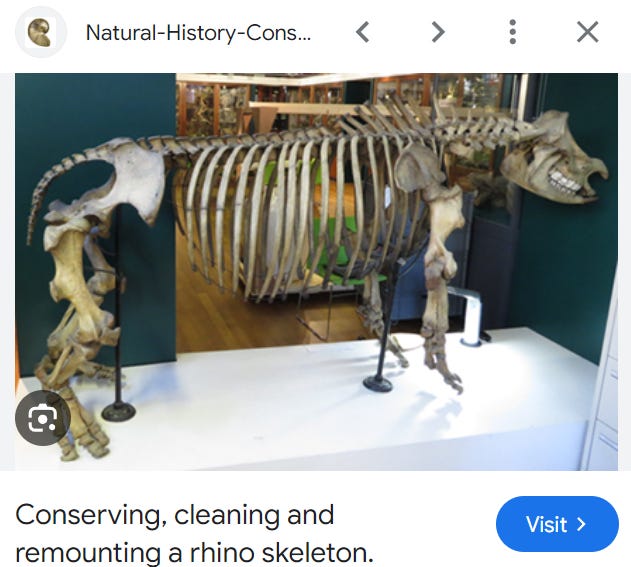
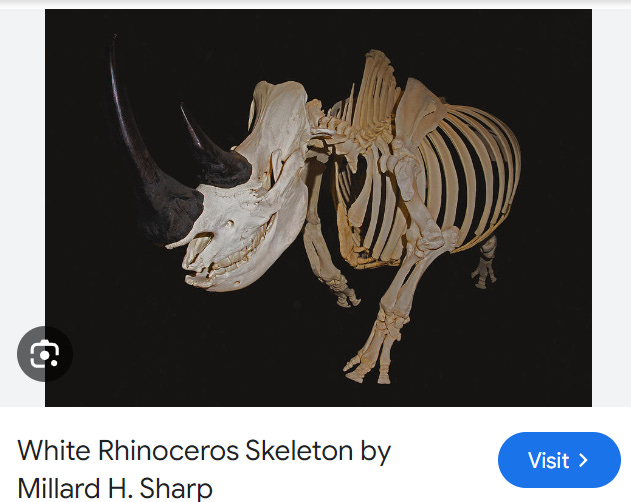
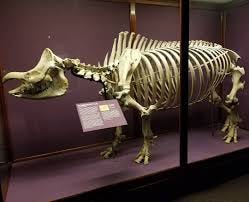
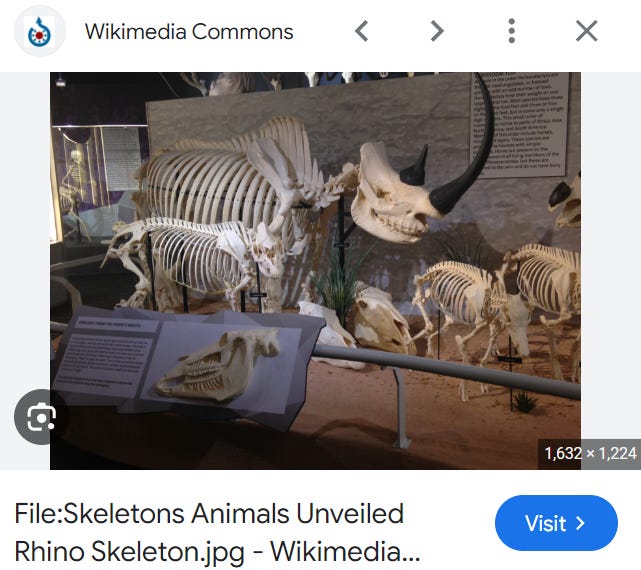
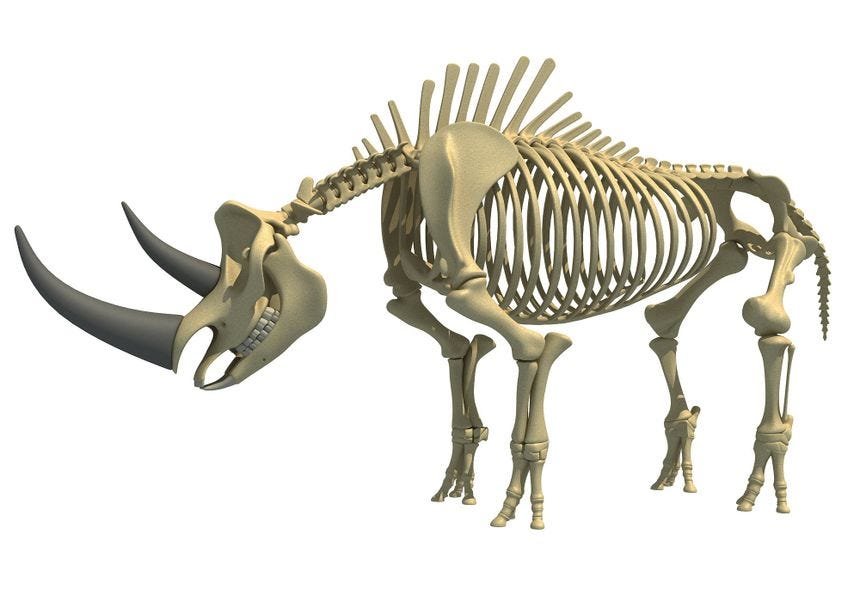
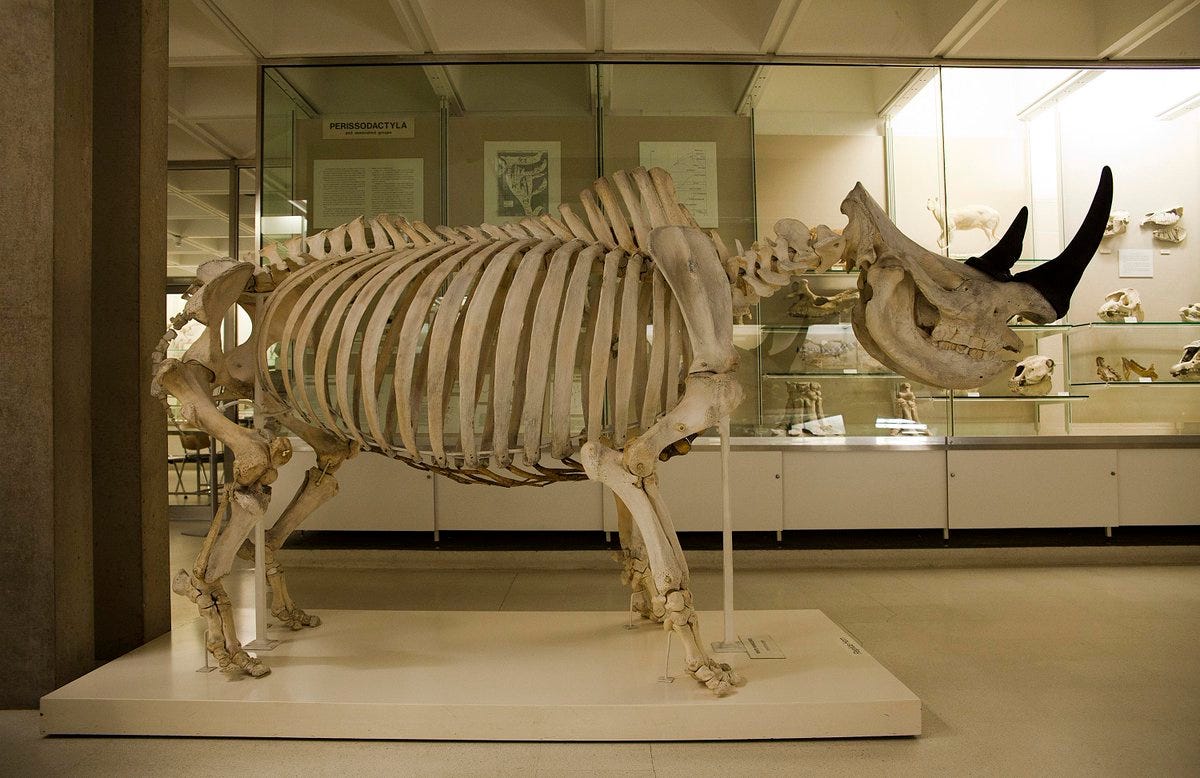
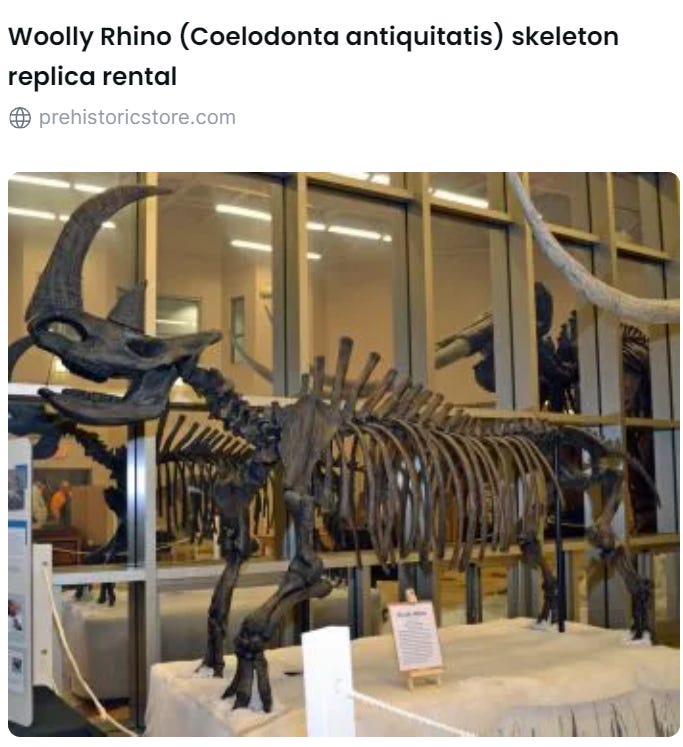
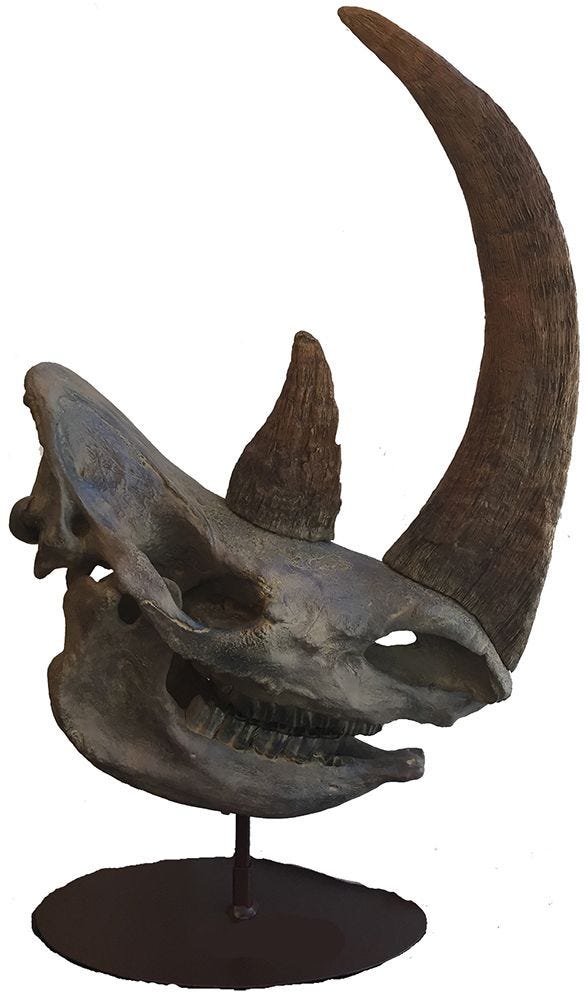
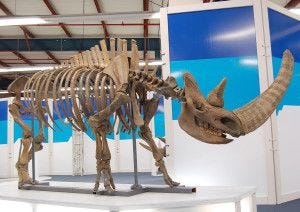
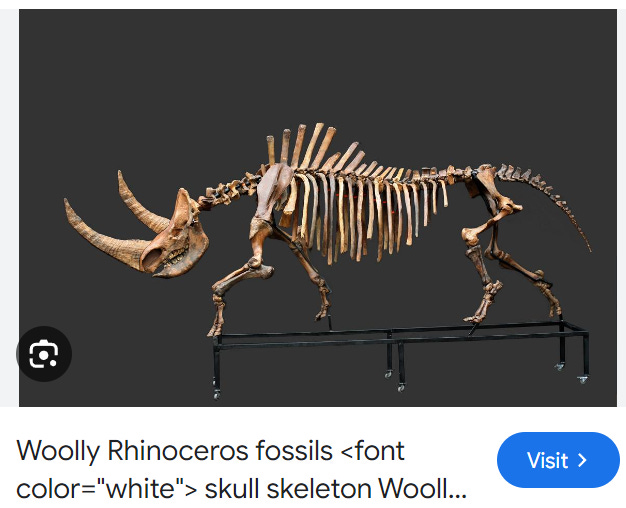
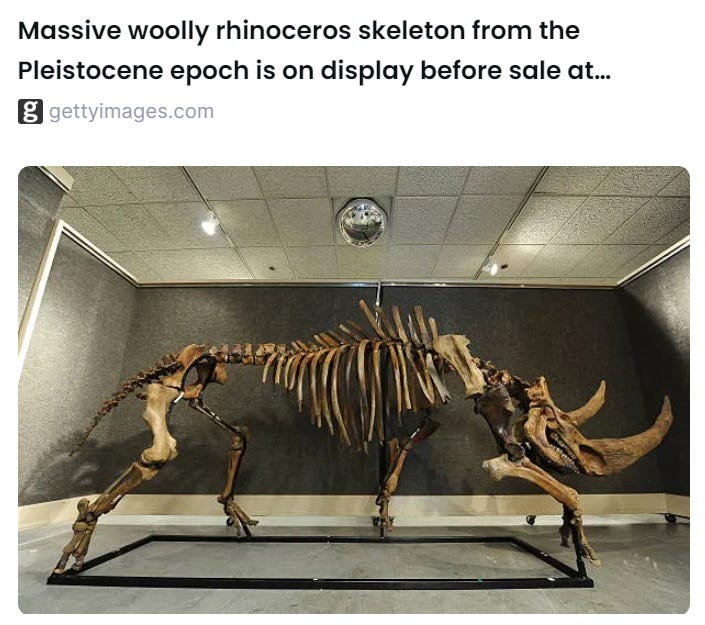
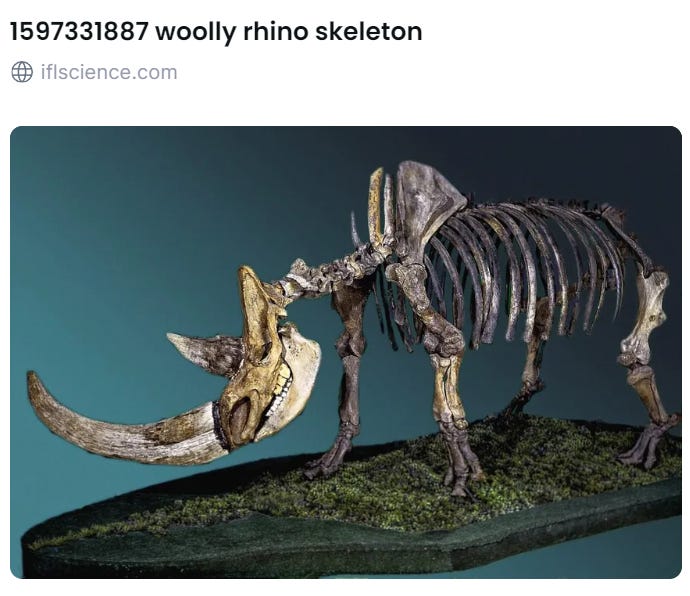
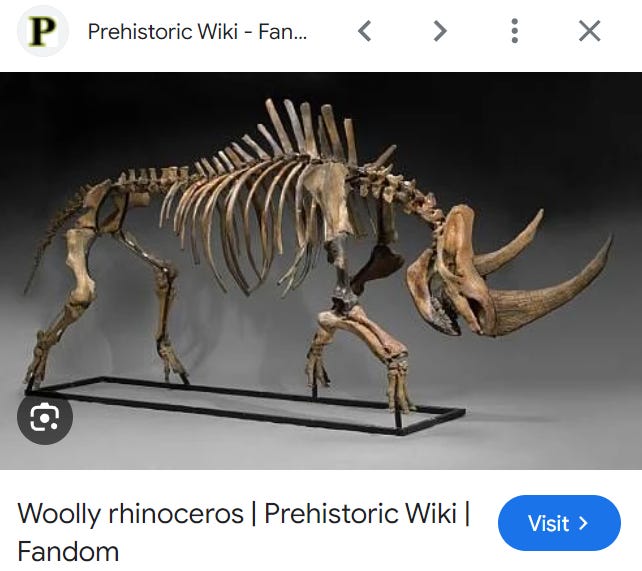
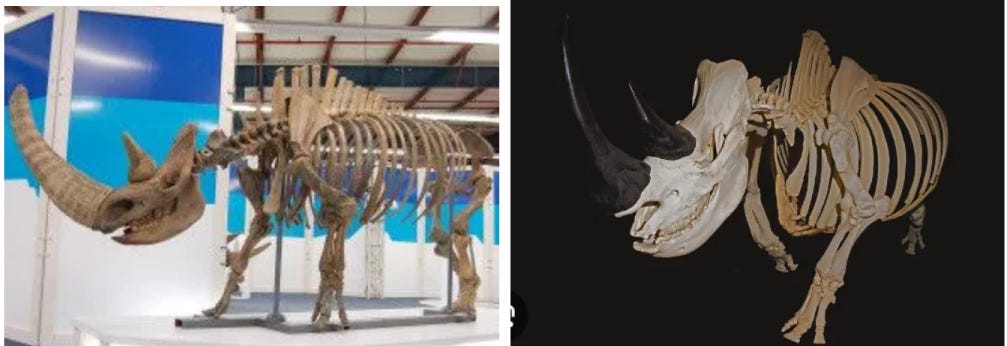
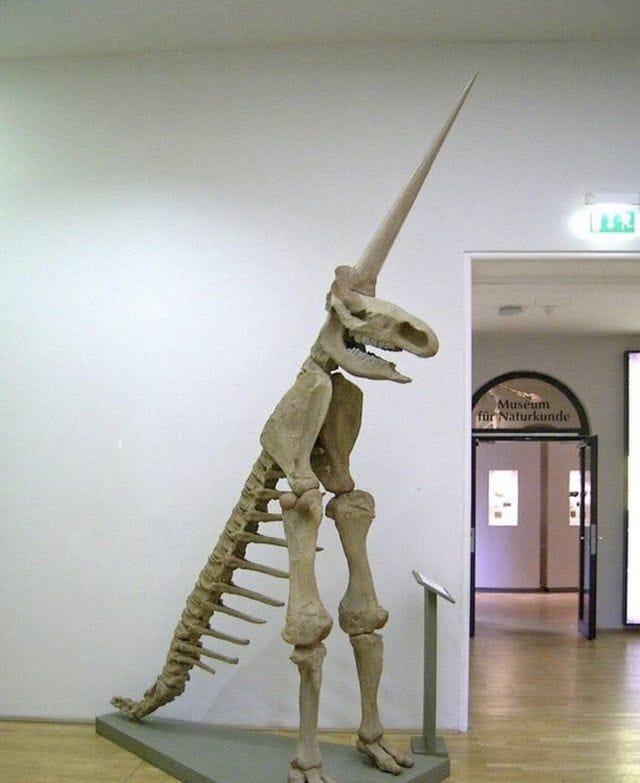

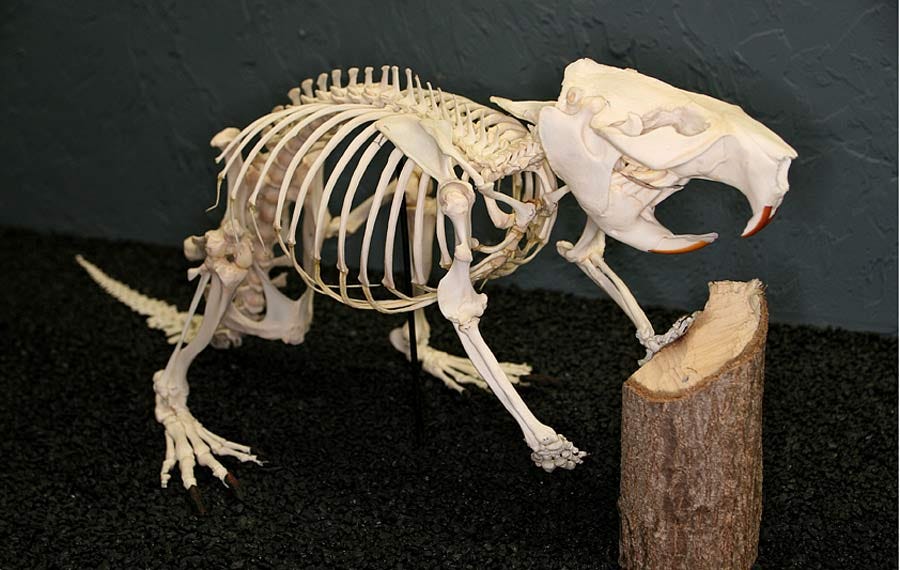
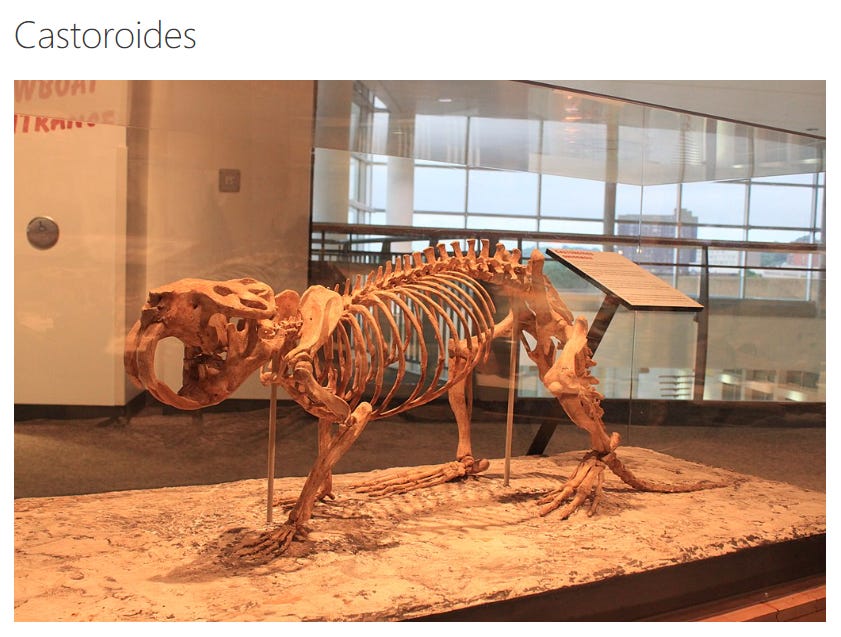

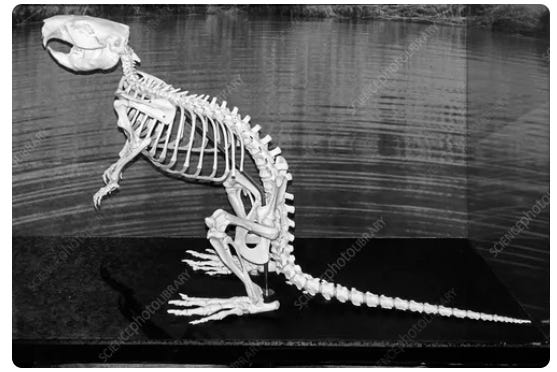
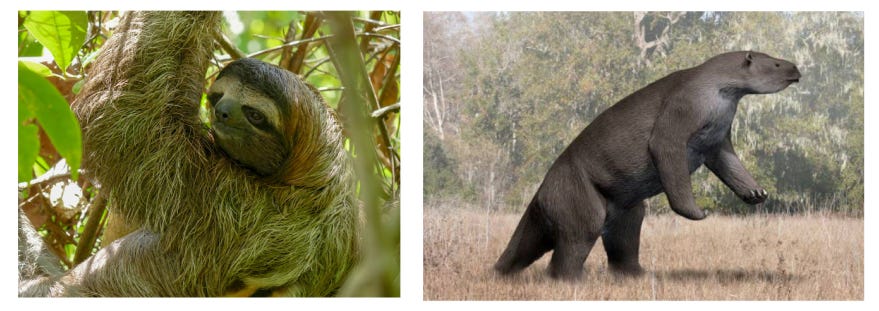
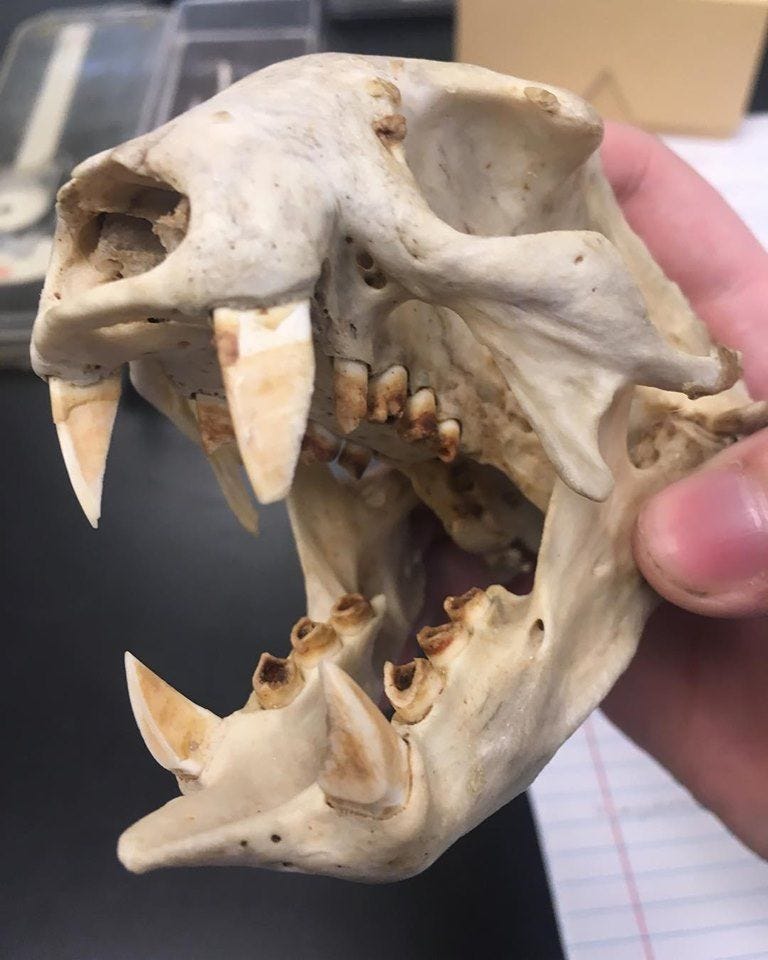
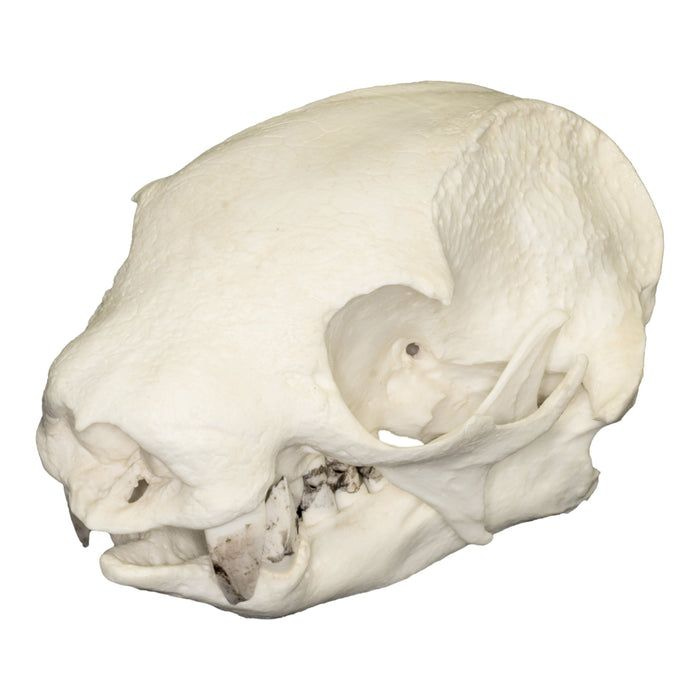
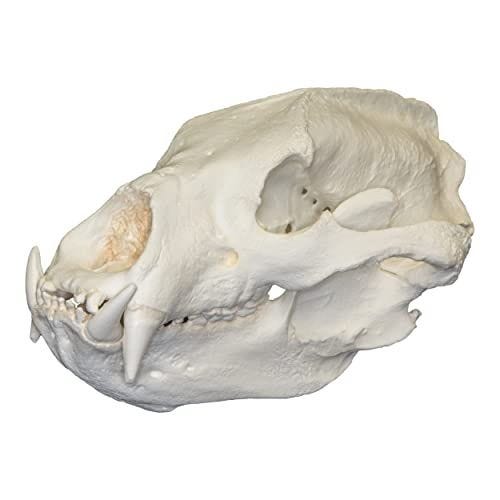
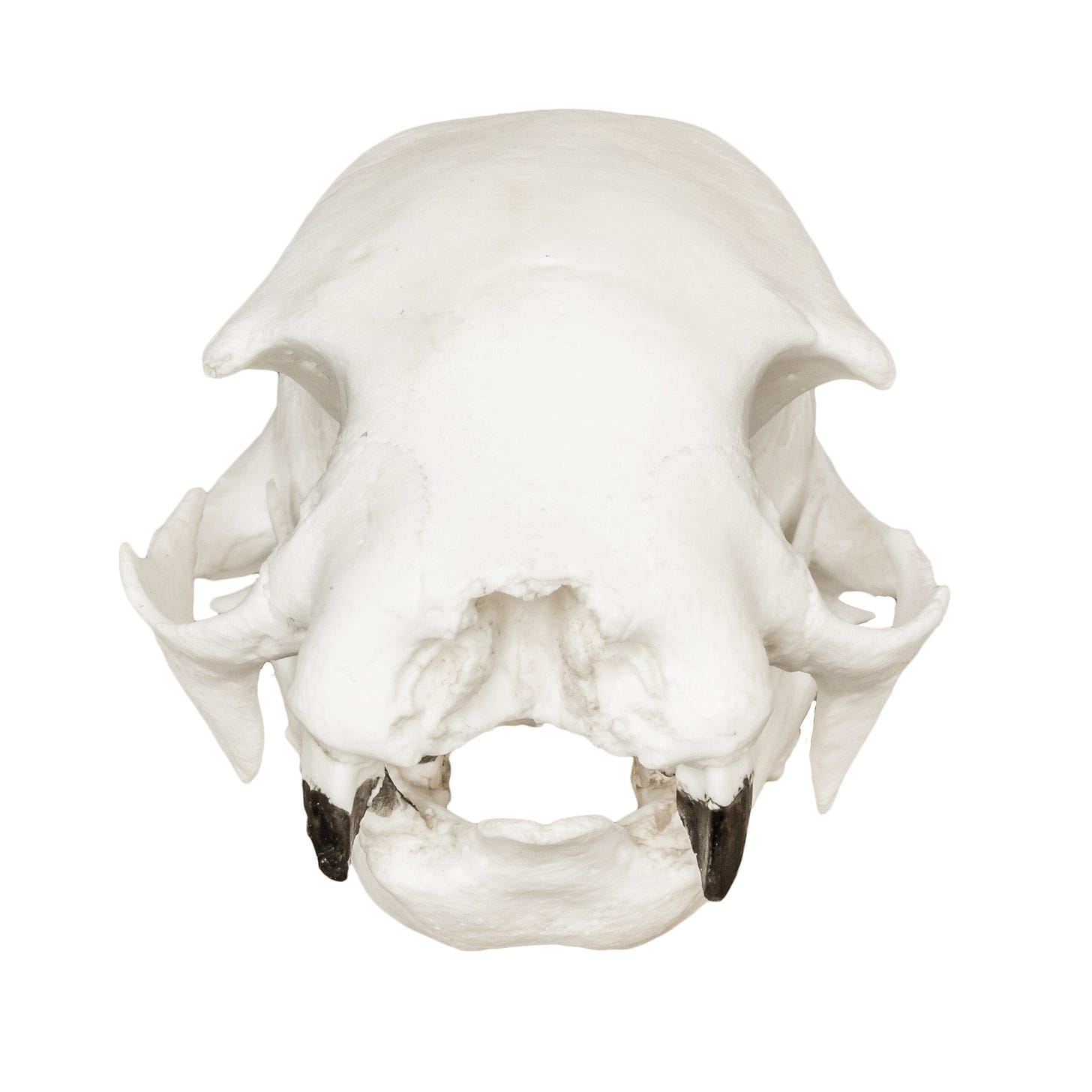
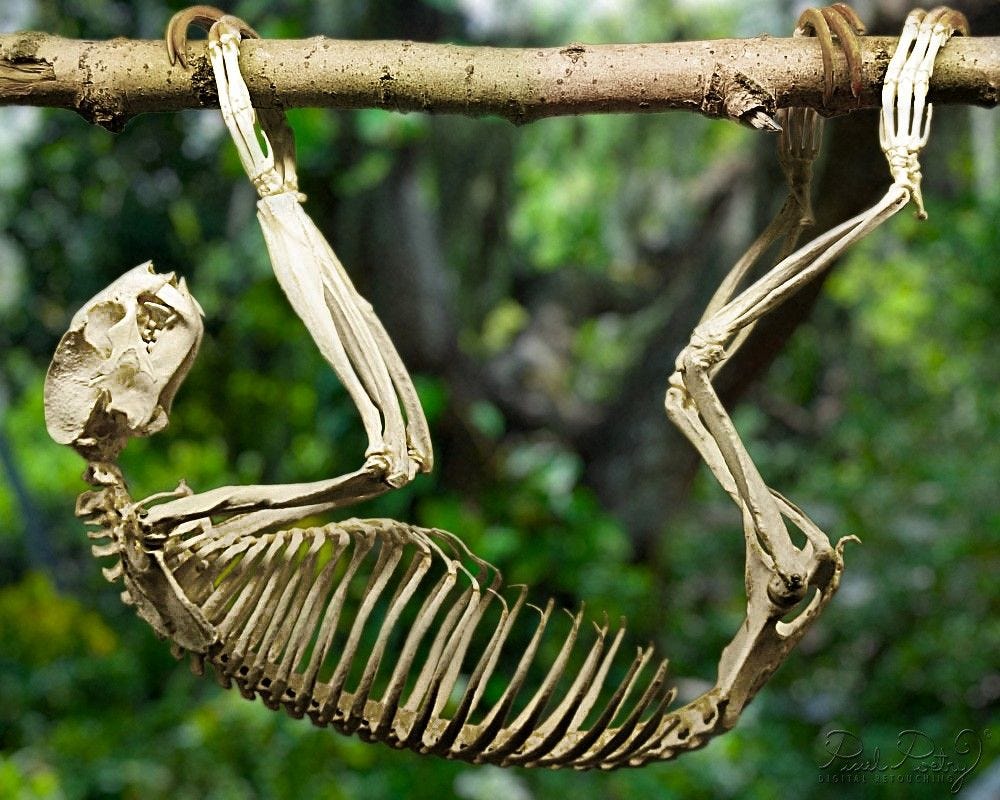

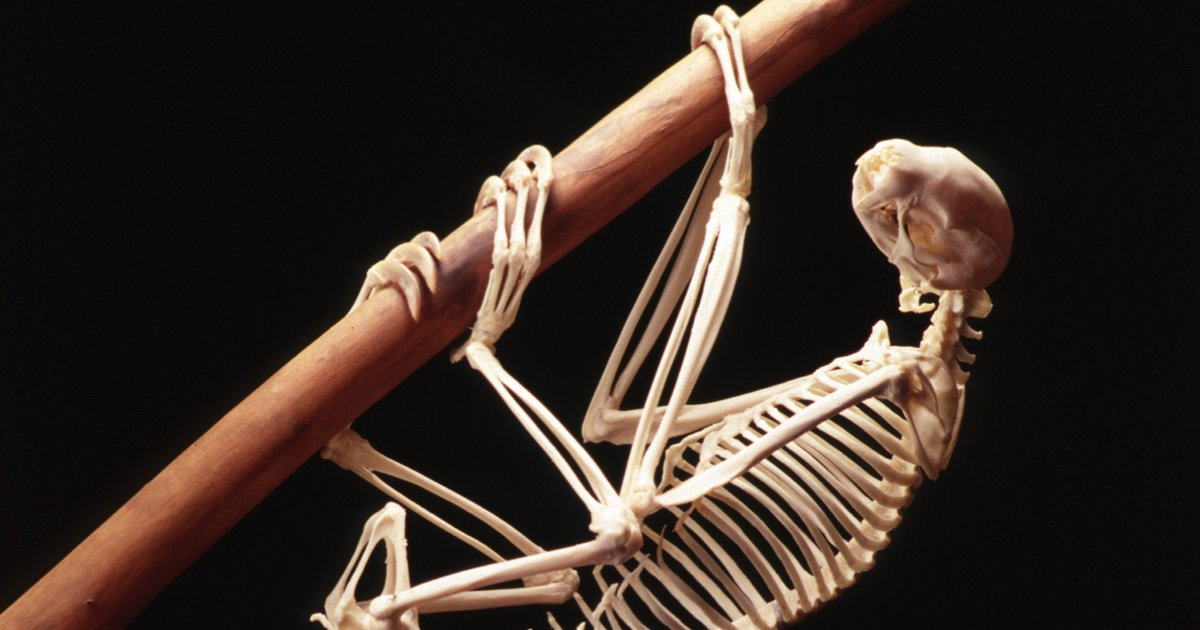
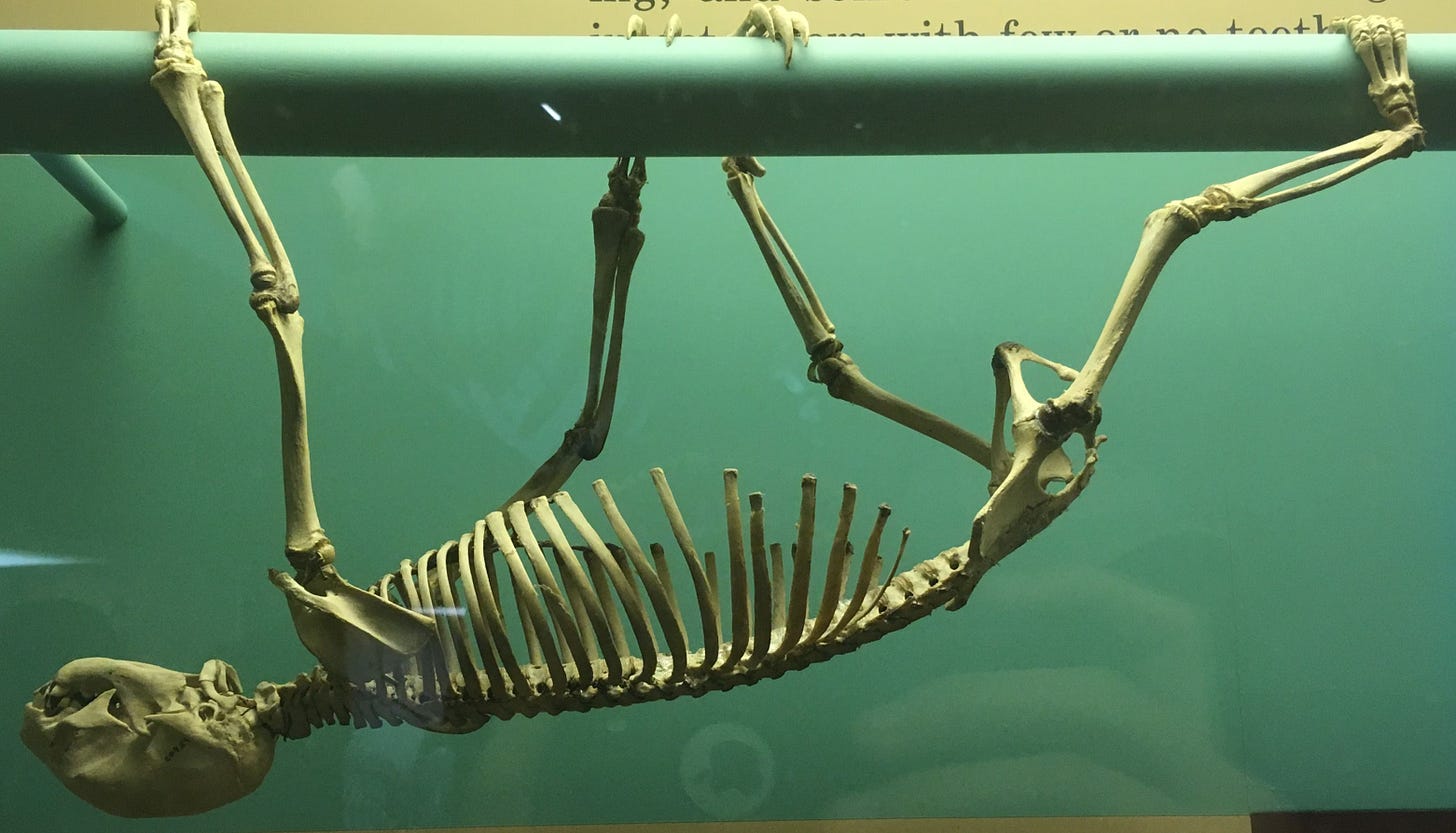
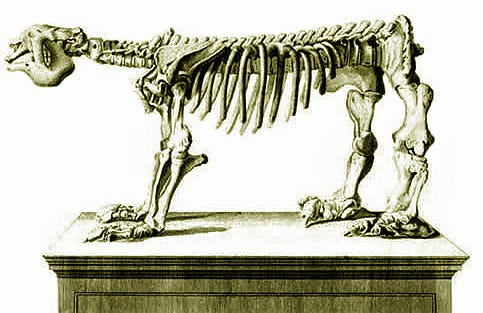
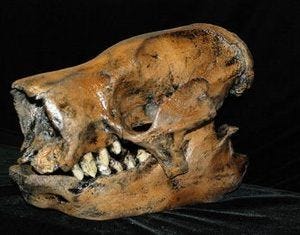
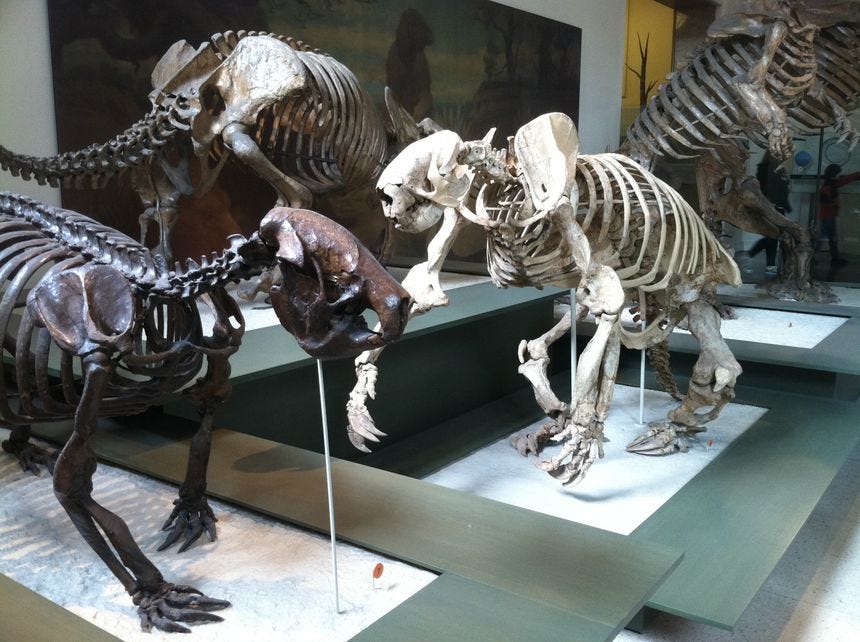
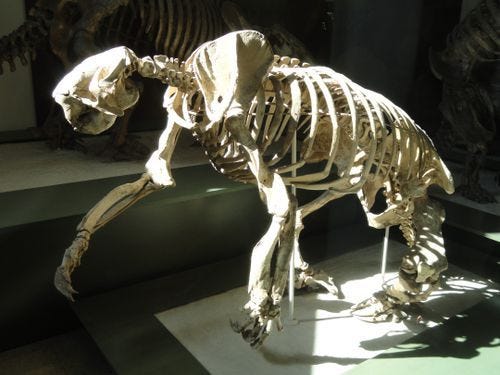








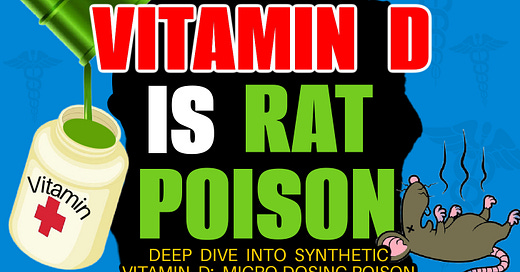





My mom - born in 1930 - always said she did not believe in dinosaurs and this was all fake - she knew lots of other things as well that are proving accurate and I always trusted her - she only had a high school education so that probably explains why she couldn’t be easily deceived.
My first thought when browsing this article is that it should be easy to distinguish modern bones from "ancient" ones via DNA analysis. I googled "DINOSAUR GENETIC ANALYSIS" and the research is sparse and unimpressive. Oh, and also it appears to be predominantly from the 1990s when DNA analysis was in its infancy. Definitely adds to the heavy rat smell here.